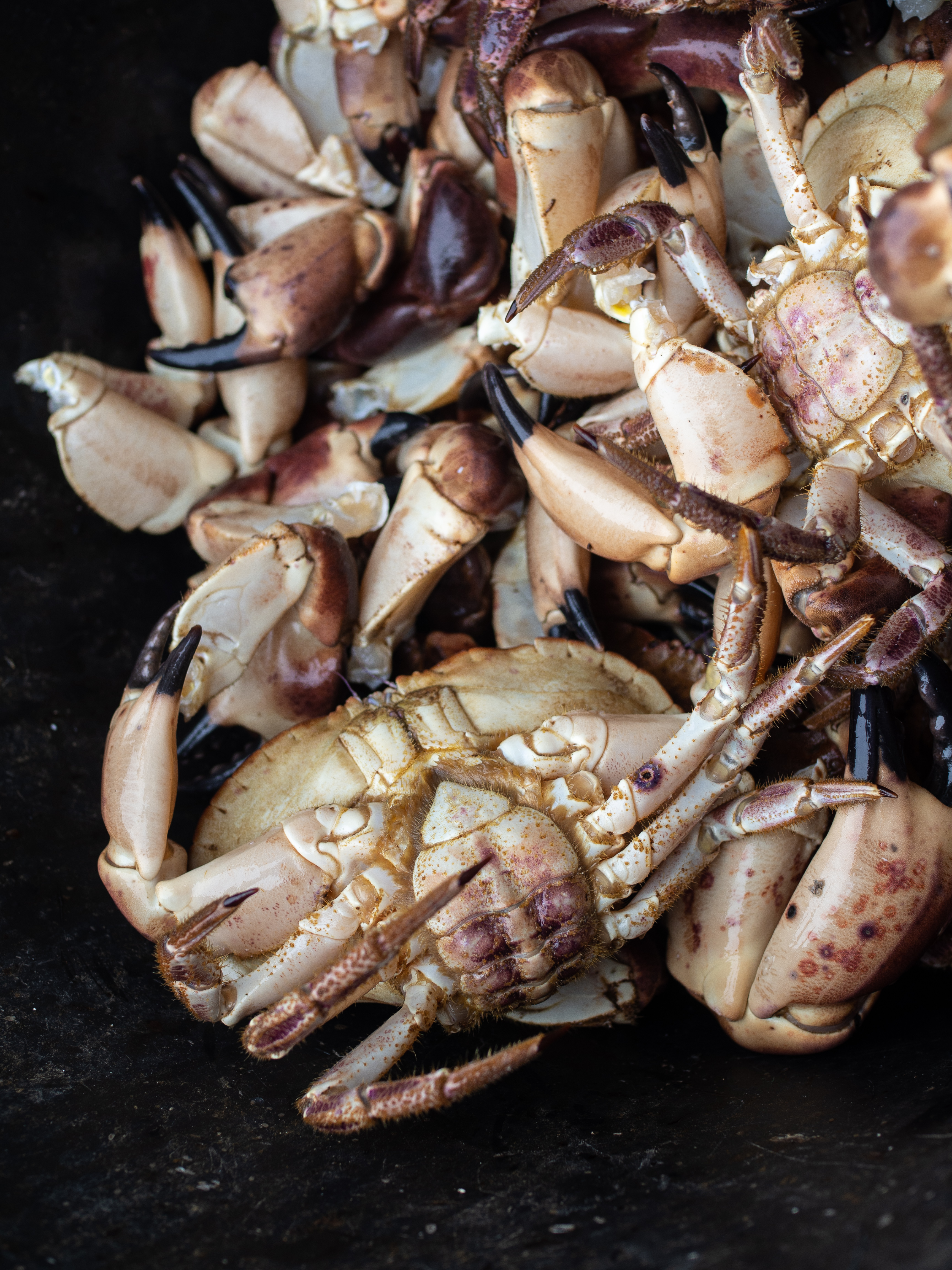
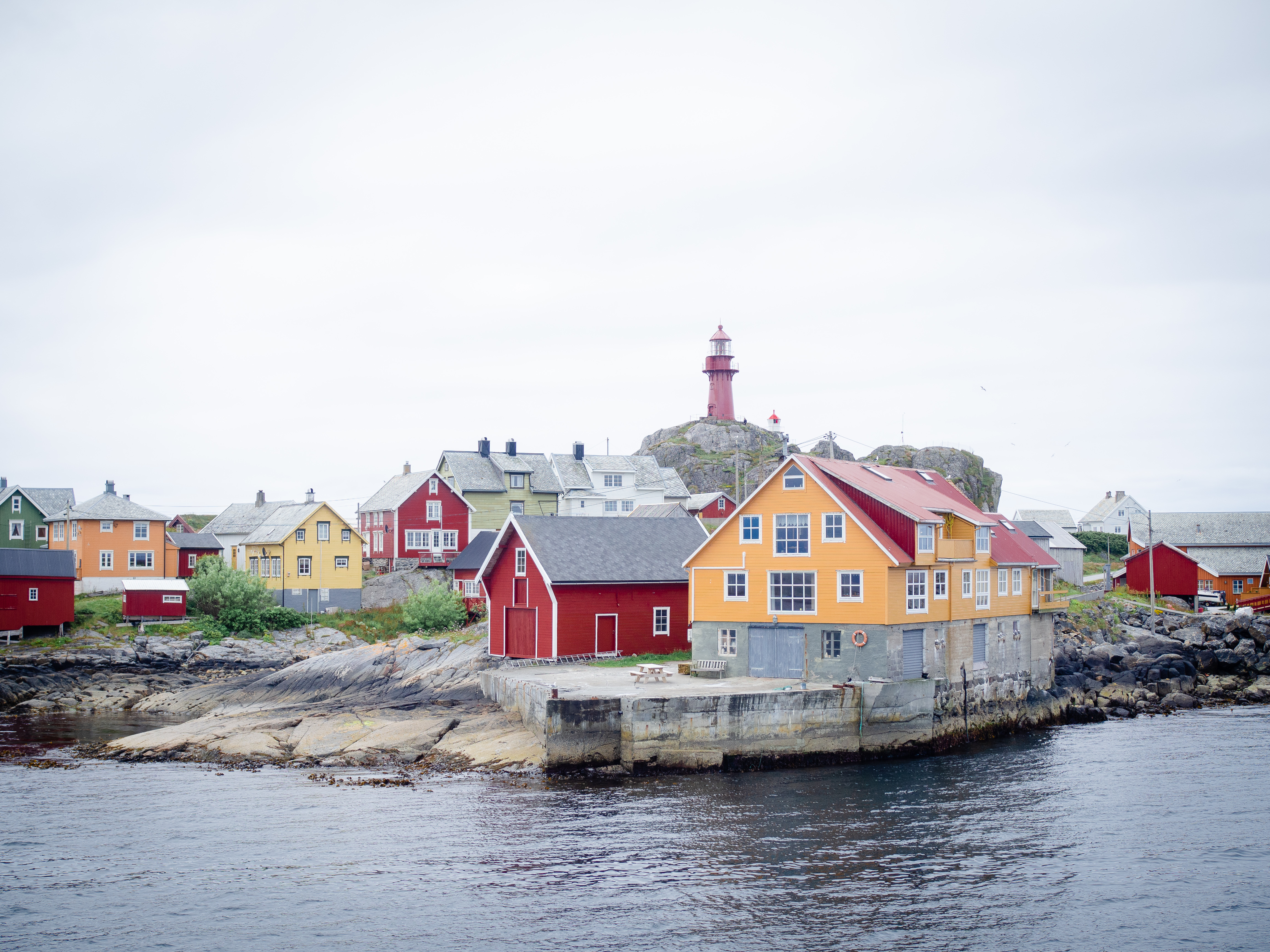
Peering out into the horizon and under the pale grey sky, amongst groups of small jutting islands, I could spot the red lighthouse in the distance. Firmly situated above a cluster of tightly-packed, colorful wooden houses, this particular lighthouse garners the attention it deserves, but not in a towering and obtrusive way. In a way that subtly states its important role as the guiding light of this once bustling traditional fishing village. You can’t miss it. It’s the iconic symbol of Ona’s story, written by those who have carved their names in the land and the sea that surrounds and sustains it.
Reaching the island of Ona has been long in the making for me. I knew I would reach its shores one day, to come to understand the roots that run deep in my Norwegian family. You see, my father-in-law was born on this island. His father, grandparents, great-grandparents, and so on lived here and helped build Ona up. He left the island as a child, but the island never him. He shared his birthplace with his children, which left an imprint of fond memories that would always linger and continue to beckon to them as they grew older. I suppose that’s part of Ona’s charm. Once you have set foot on its rocks, it clings to you and whispers to you whenever the westerly wind blows.
At least that’s the affect it has had on my husband. For years he wanted to take me to Ona – to the place where he spent several childhood summers racing between the quaint houses, collecting seashells, fishing, and playing into the night as the summer sun kept its brilliance. This place of charm and memories, with its stormy and sunny composition keeping you guessing. Rain or shine, cold or warm, this is a place suited for those who long for the sea and are braced for its sometimes-unforgiving disposition.

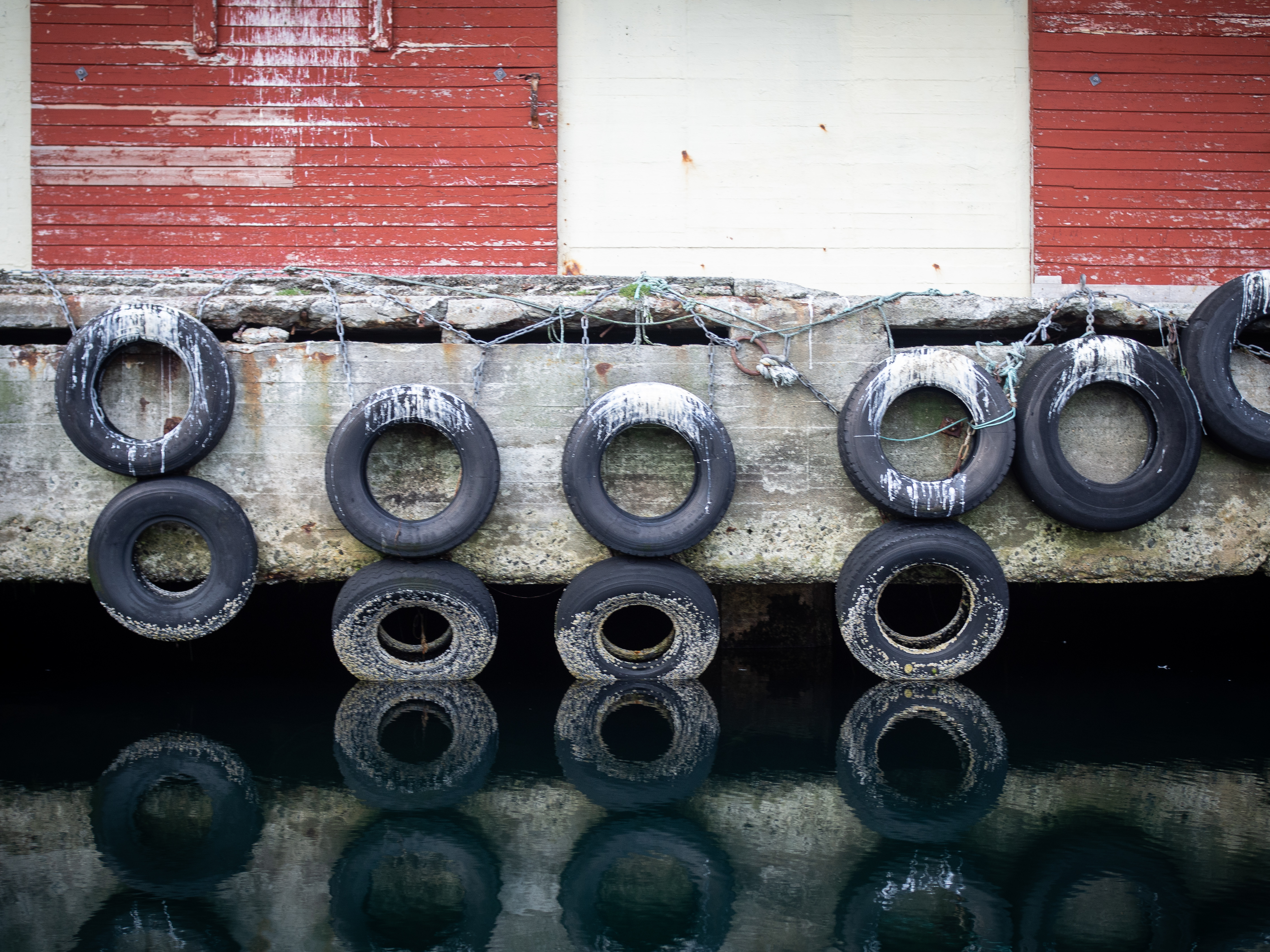
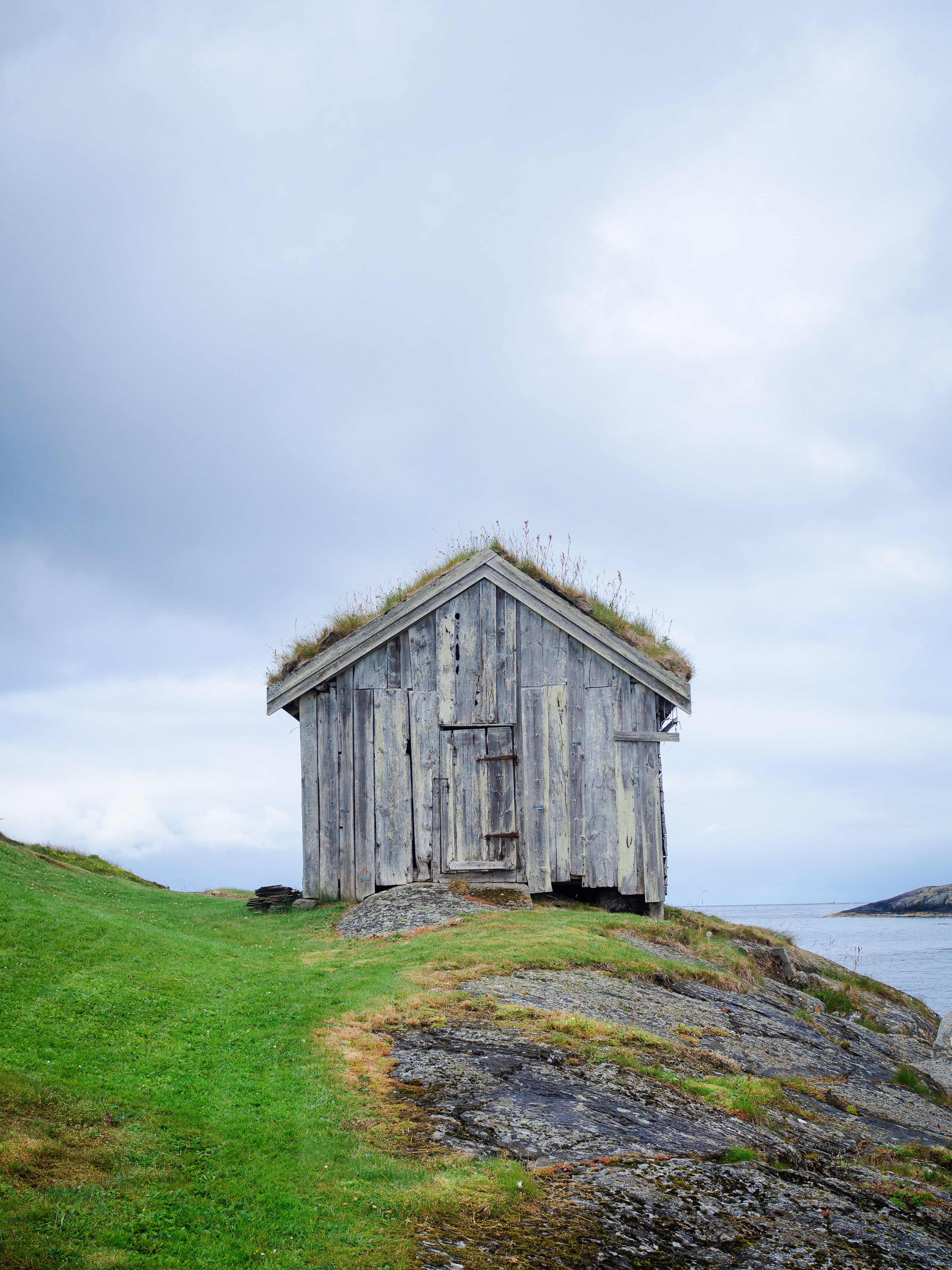
As we approached Ona, the ferry pulled closer to the dock and what once was a multitude of colors splashed amid the rocks turned into a detailed landscape of buildings, houses, and picturesque gardens. Local inhabitants waited nearby with curiosity to see who or what would be coming off the ferry.
Ona, although small, is like a fine wine. It’s meant to be savored. A slow-paced stroll along the paths allows you to catch all the nooks and crannies. The carvings in the wood panels, the flowers, the fading paint, the structural remains of a school that once was, the old and new, and the rise and fall of the tide.
A short bridge connects Ona to its collective, though larger, island of Husøy. There, the path leads you to a small chapel resting in front of the cemetery and a small, sandy beach. With only a handful of permanent residences, and most of the homes now used as summer homes, it’s enticing to look back and picture what it would have been like in its heyday. Once a hustling and bustling small fishing village with boats bringing in fish, crab, lobster, and the like and lining the docks with their catch.
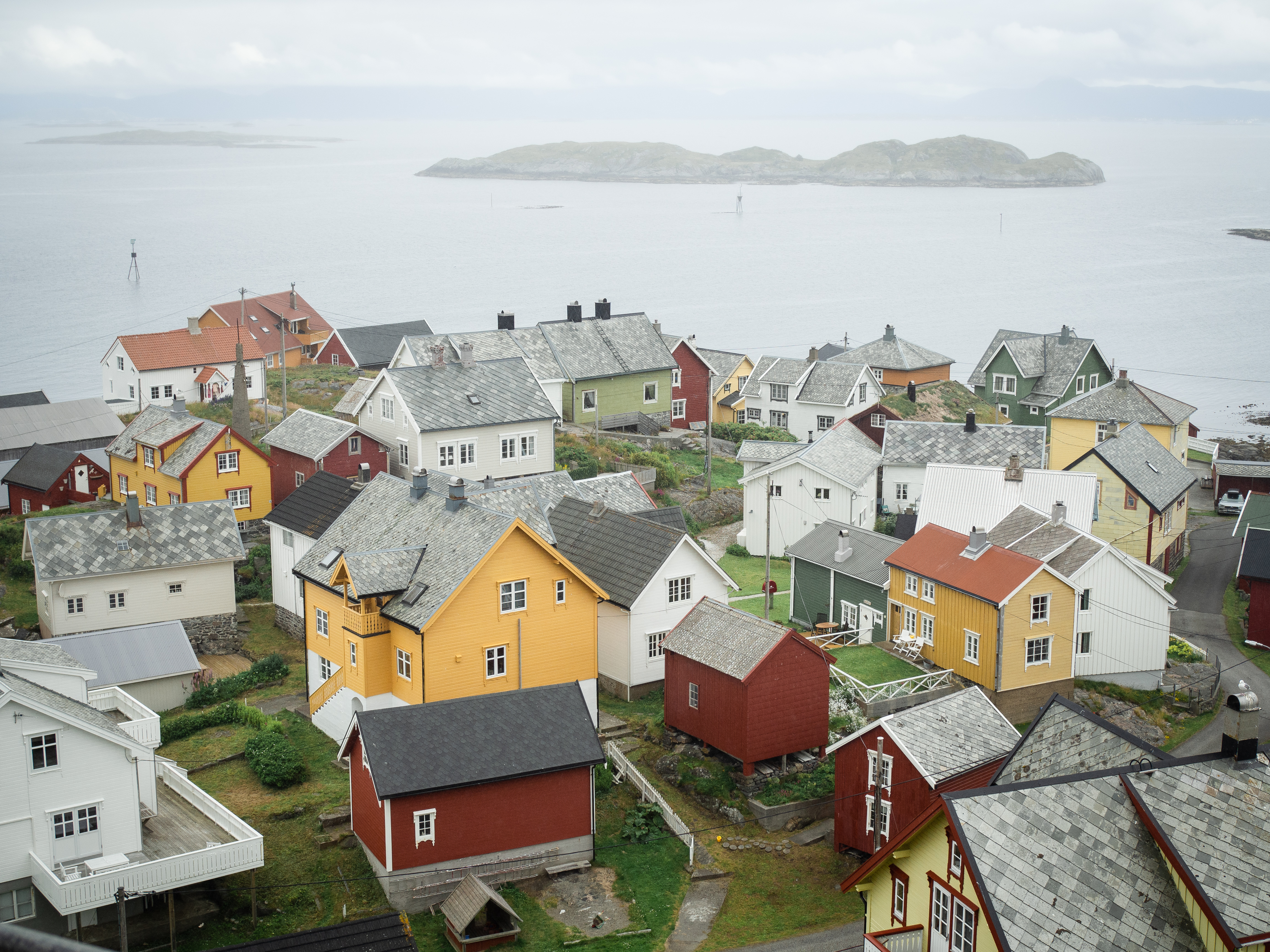
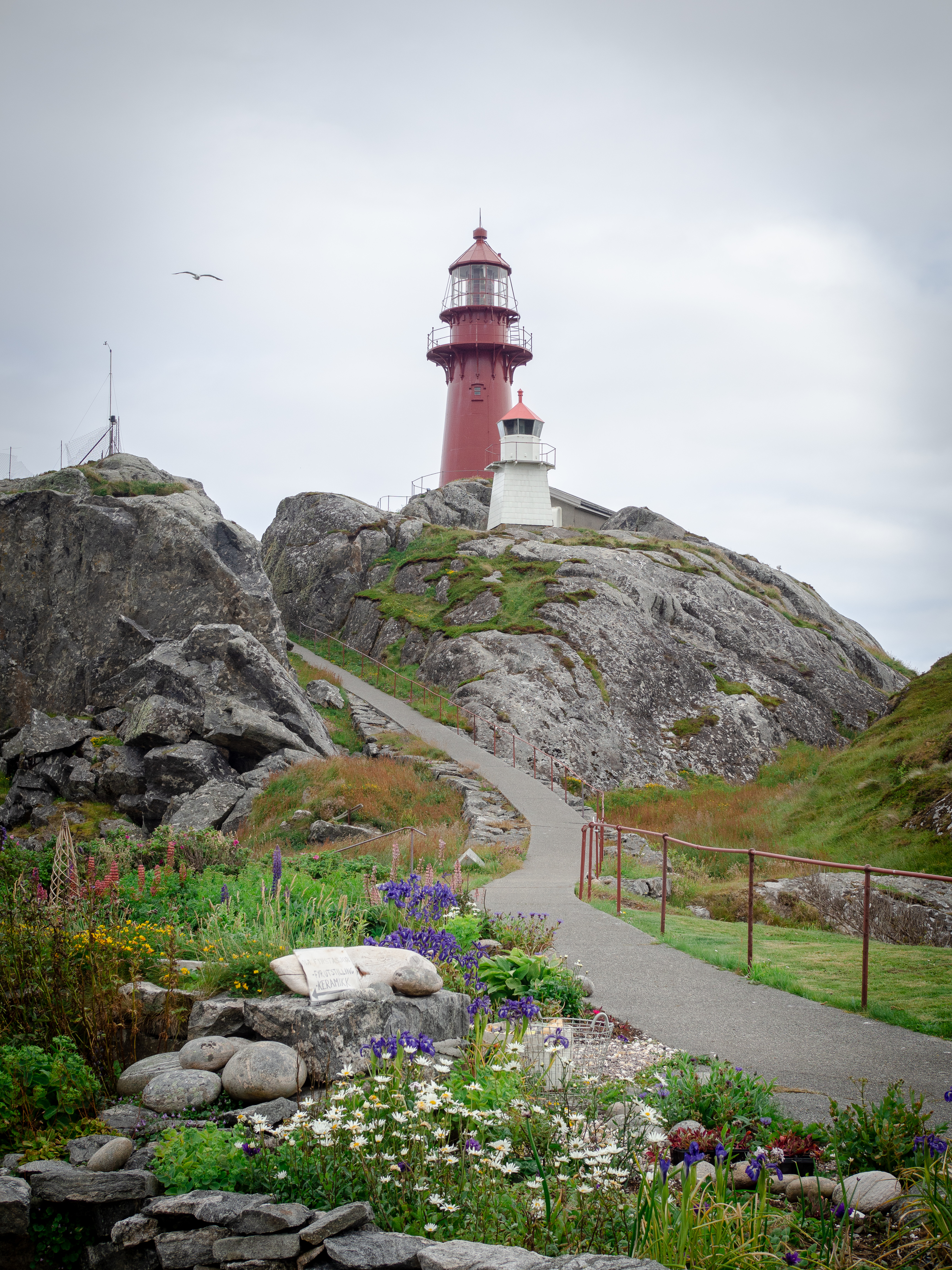
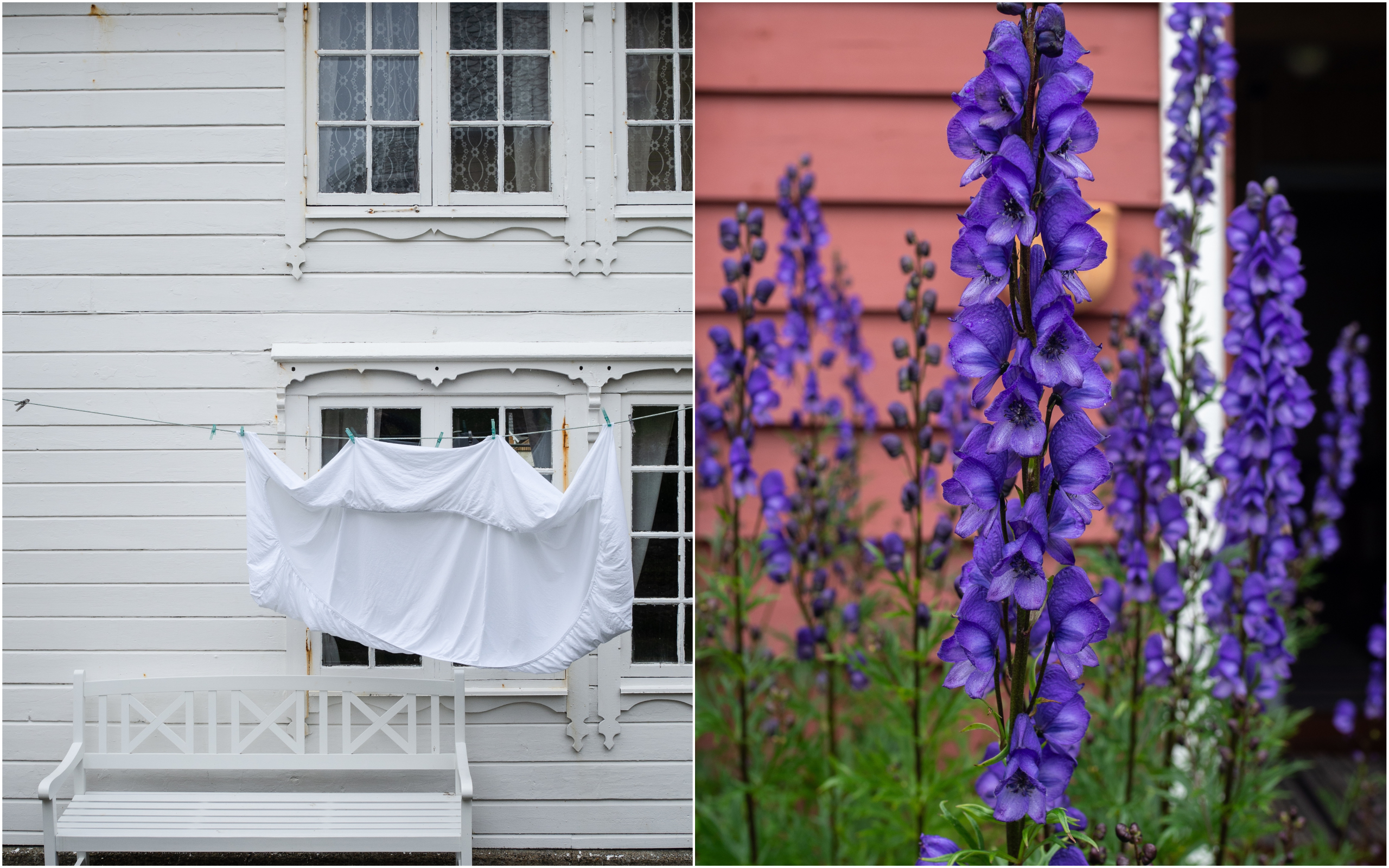
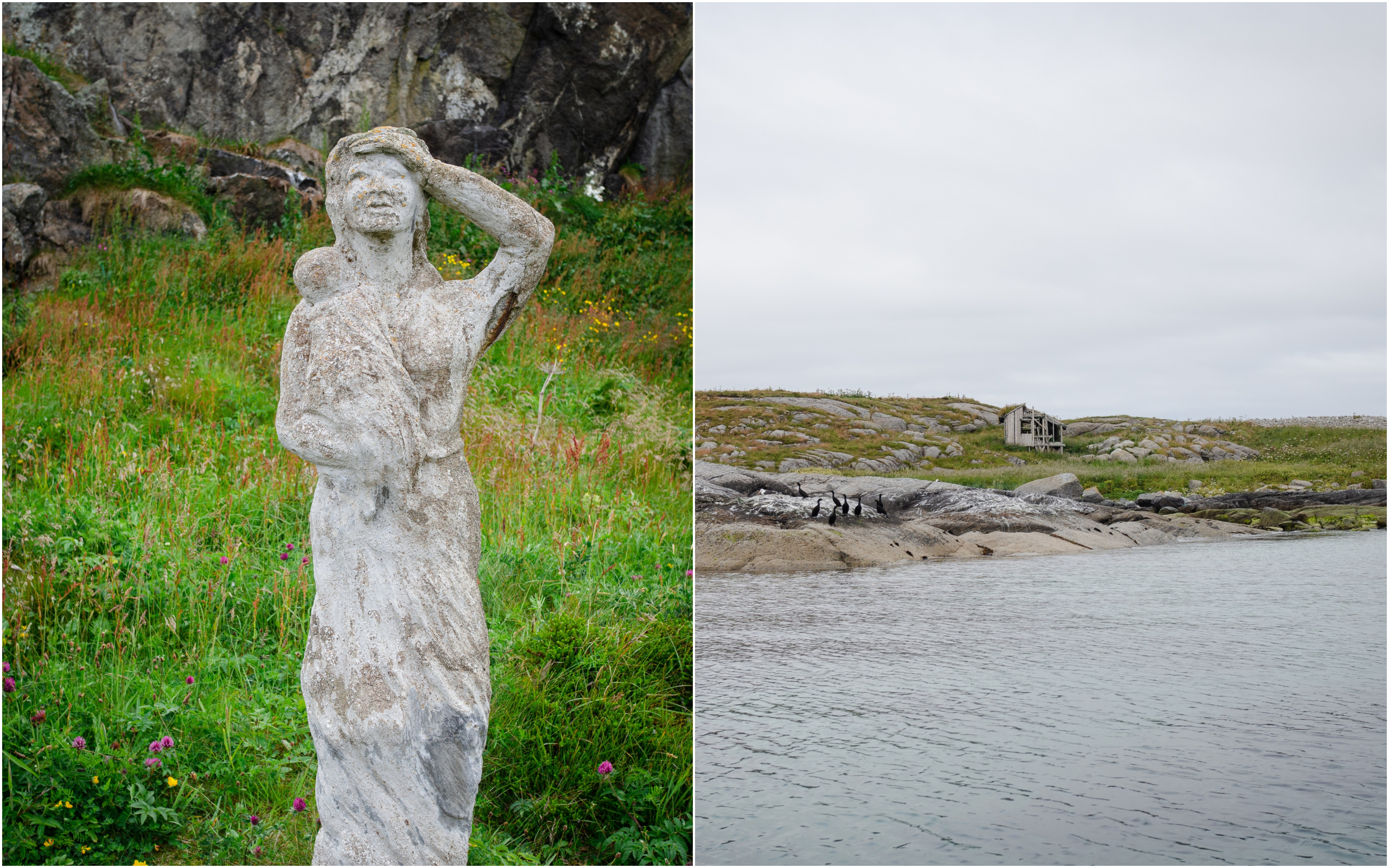
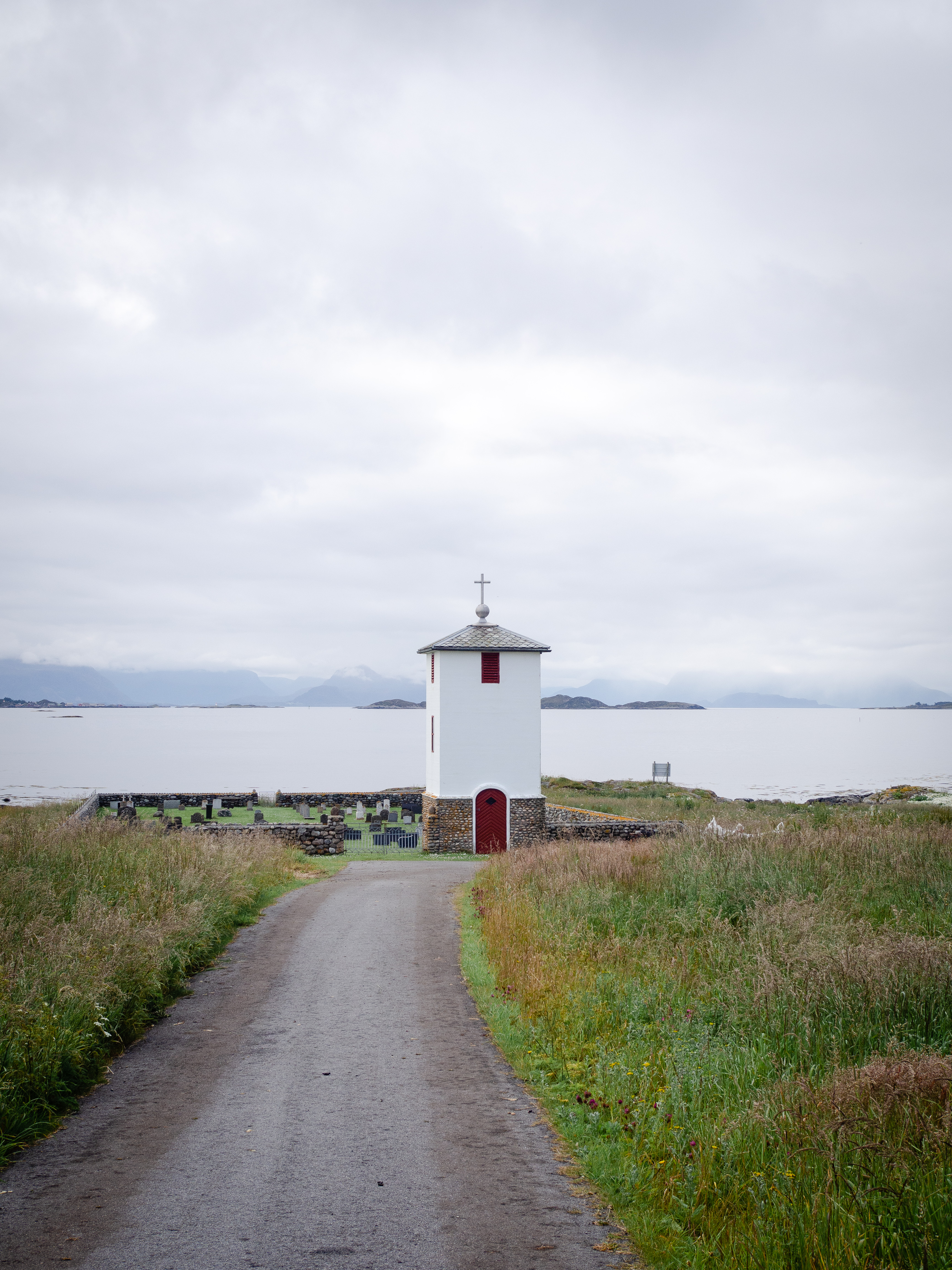
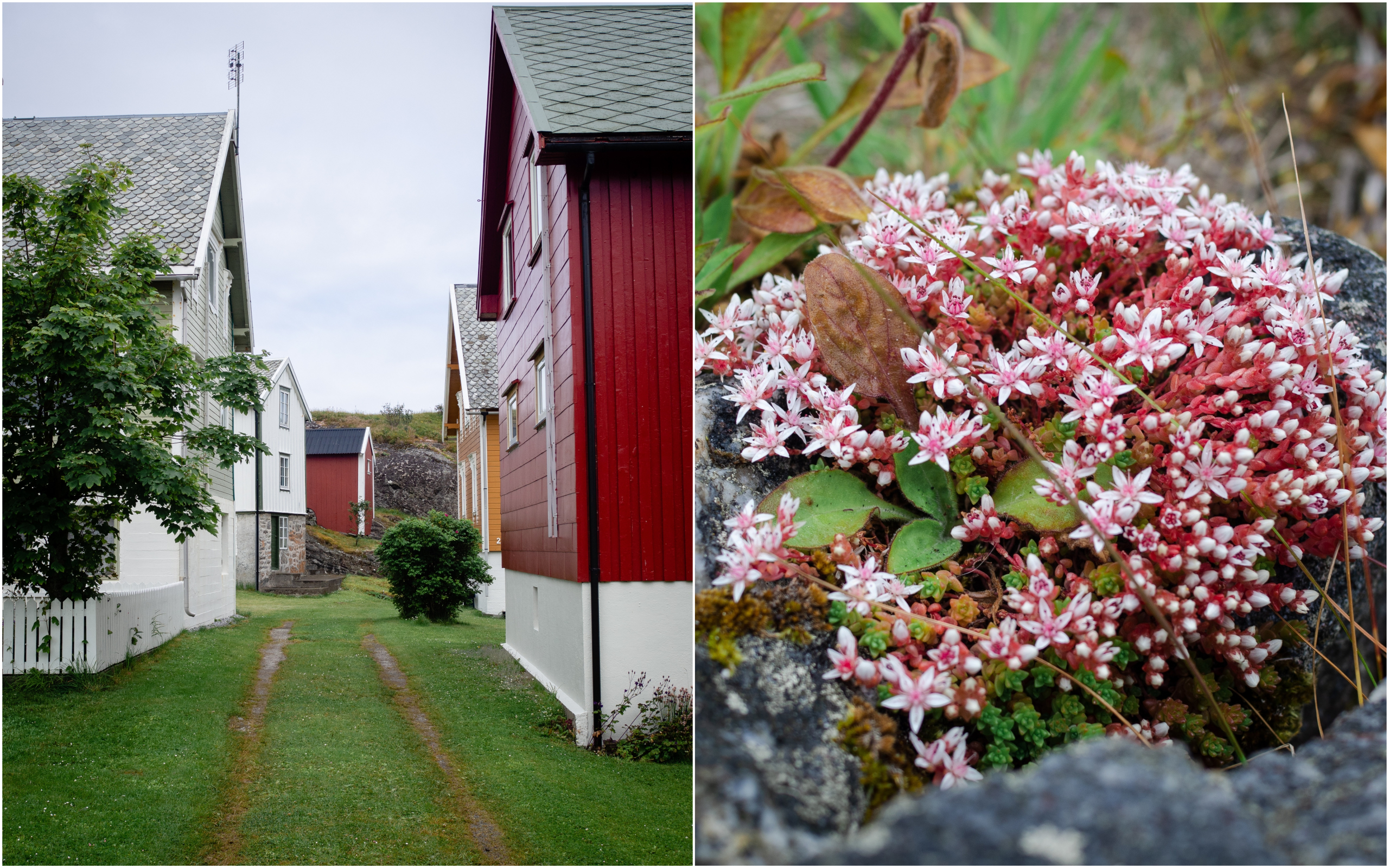
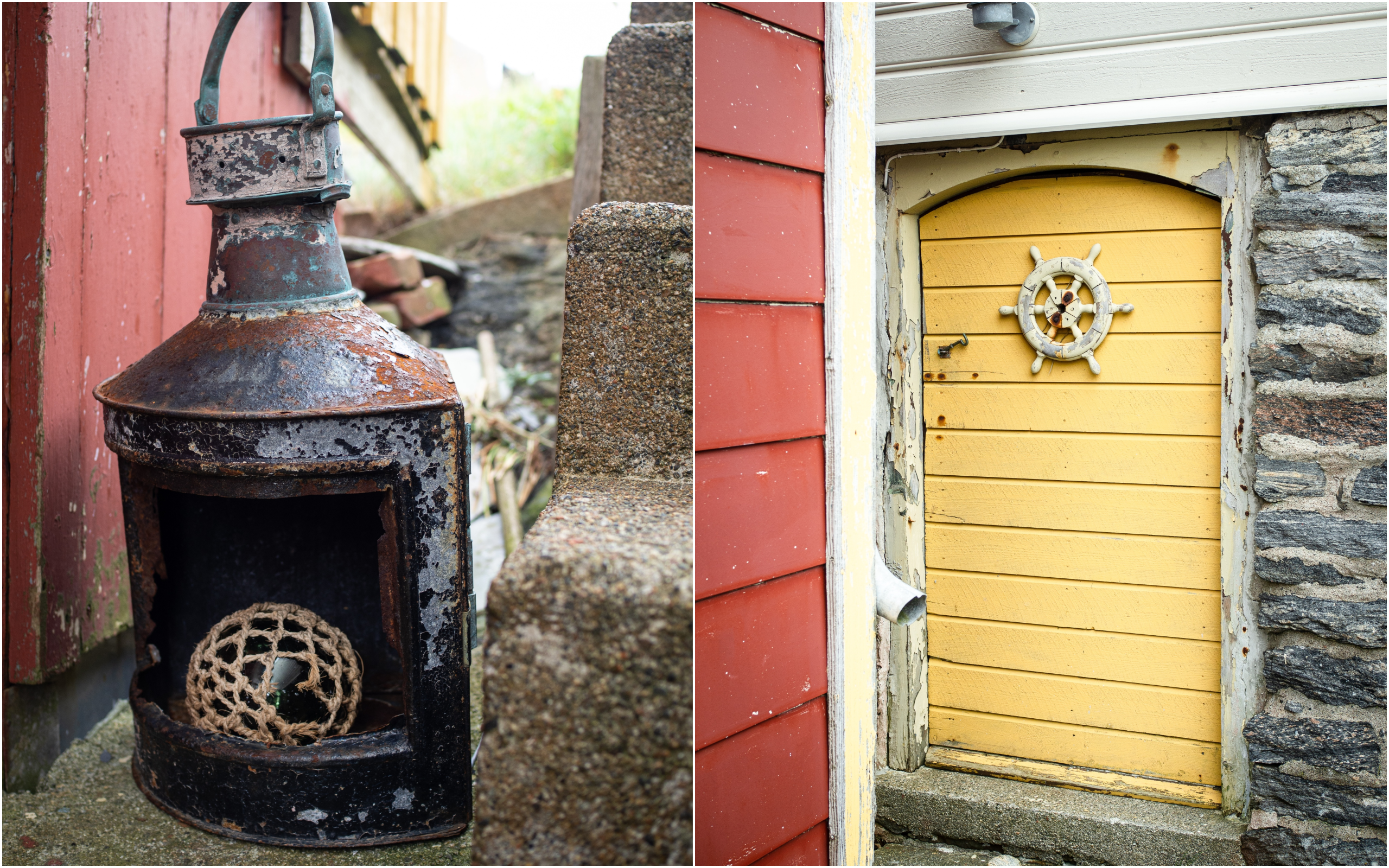
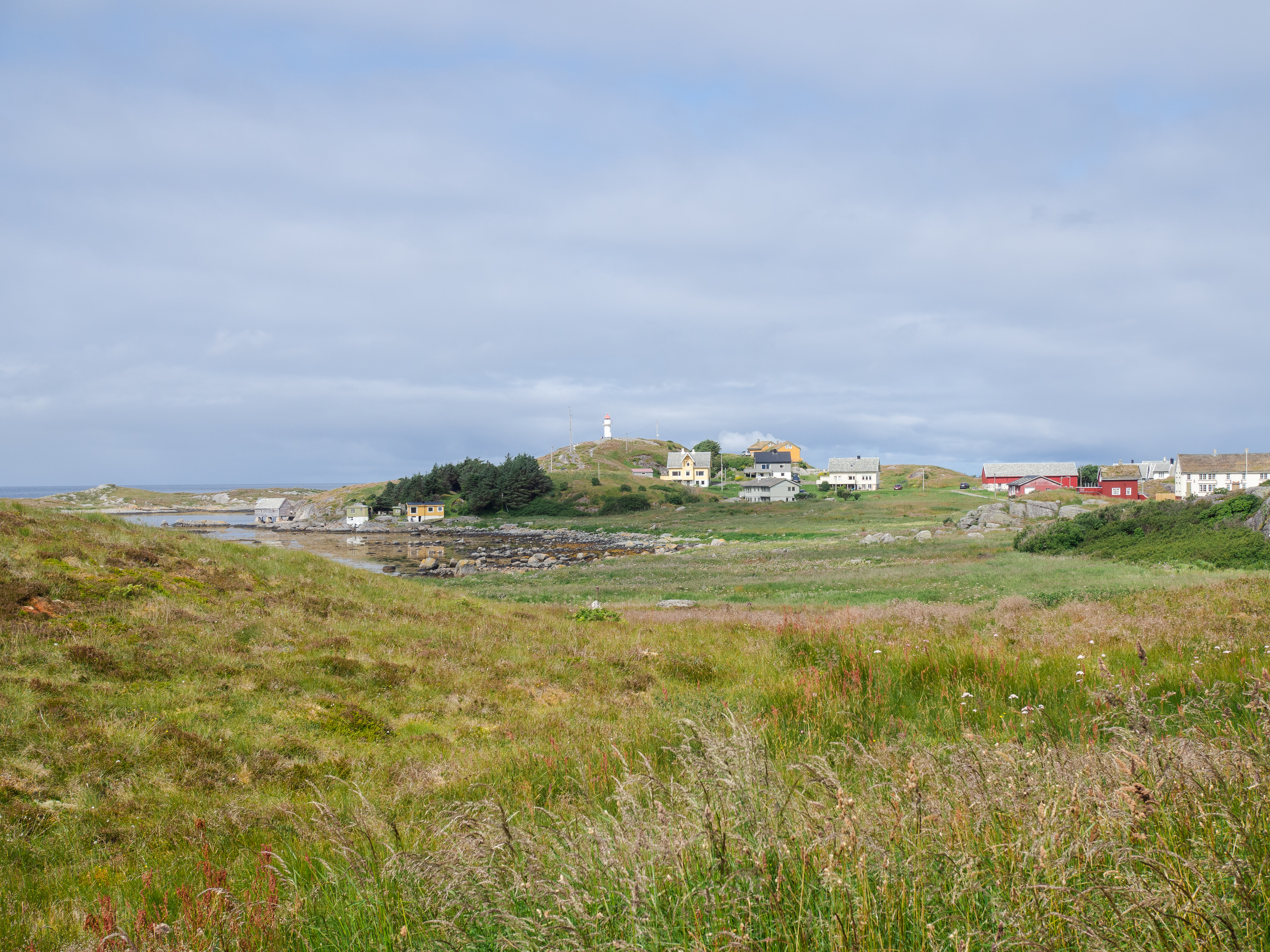
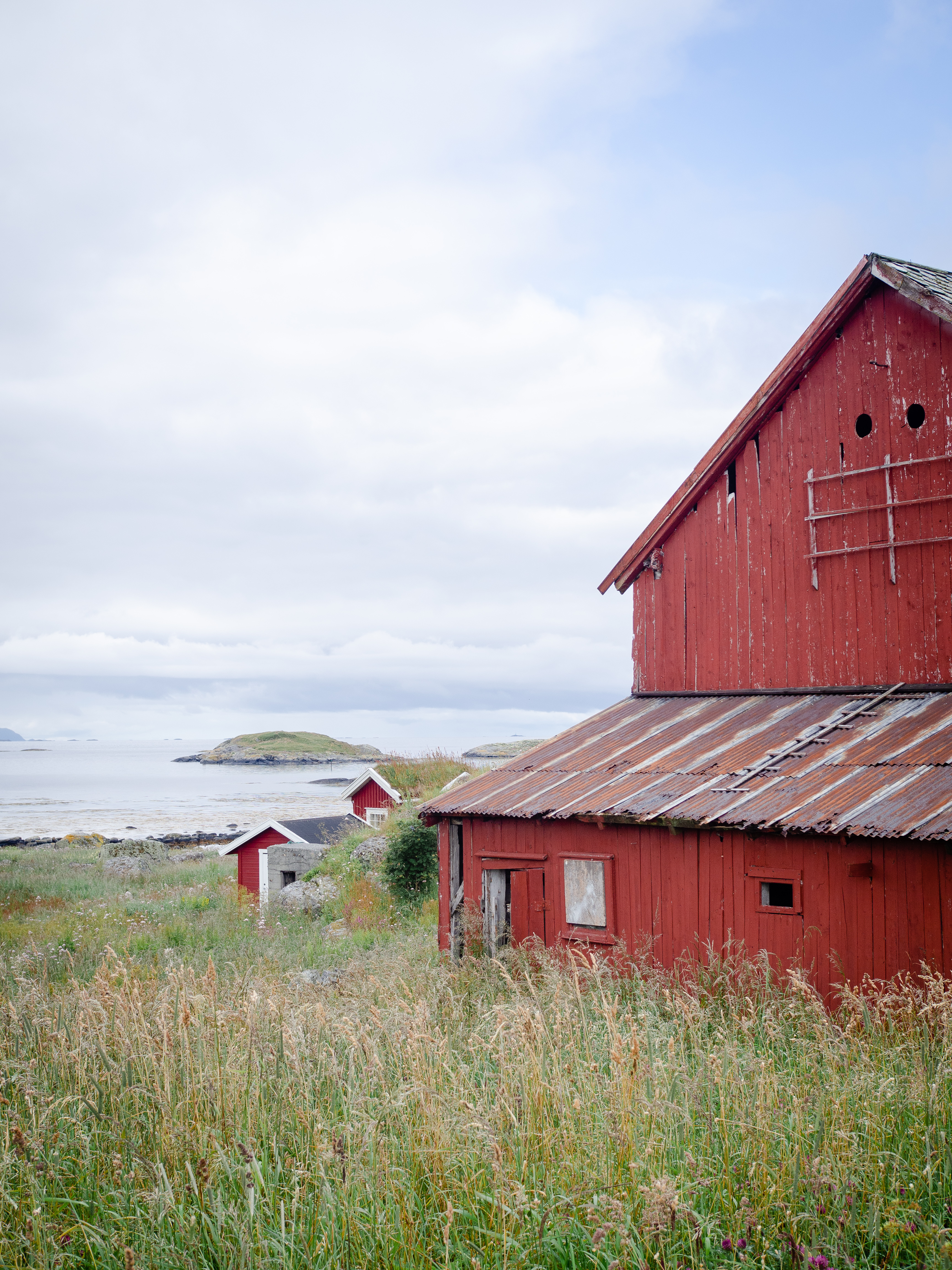
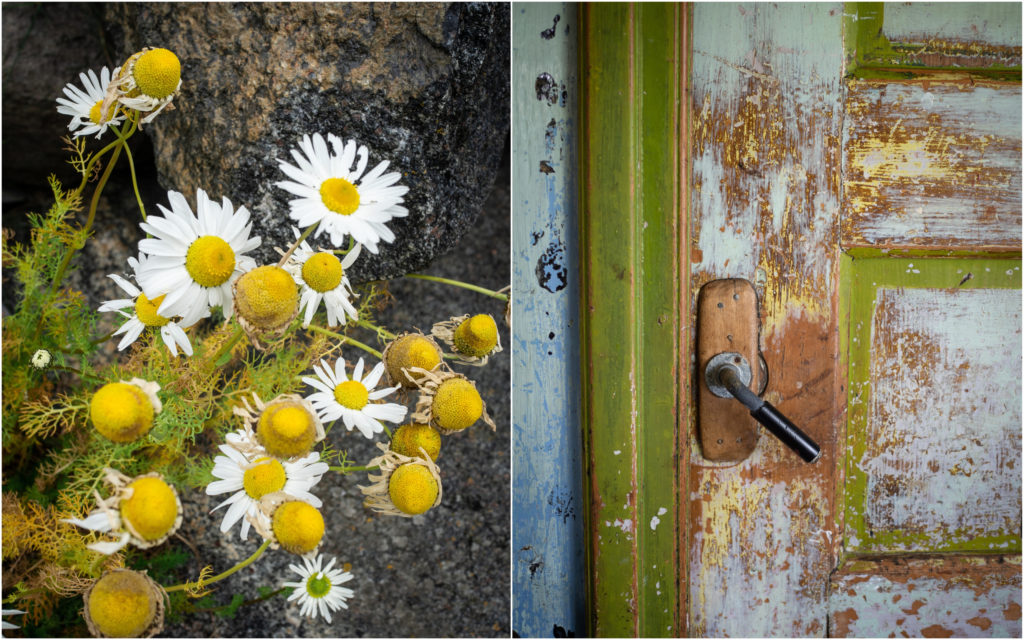
Fishing is more of a hobby now, and a way for those on the island to catch fresh meals. So, I was eager to get off of land and out into the water to experience this part of life on Ona. The part that has always been the driving force behind its existence and sustenance. Like true fishermen, we cast our nets of desire to the locals and caught ourselves an invite to join some crab fishing.
Oddgeir, a family relative residing on Ona, picked us up along the docks in the early evening. The sky a mixture of grey and blue with the sun barely peeking out after a brief mist of rain. We boarded his boat, life vests secured, and took to the waters not far from the reach of the island. The lighthouse within sight to draw us back in again.


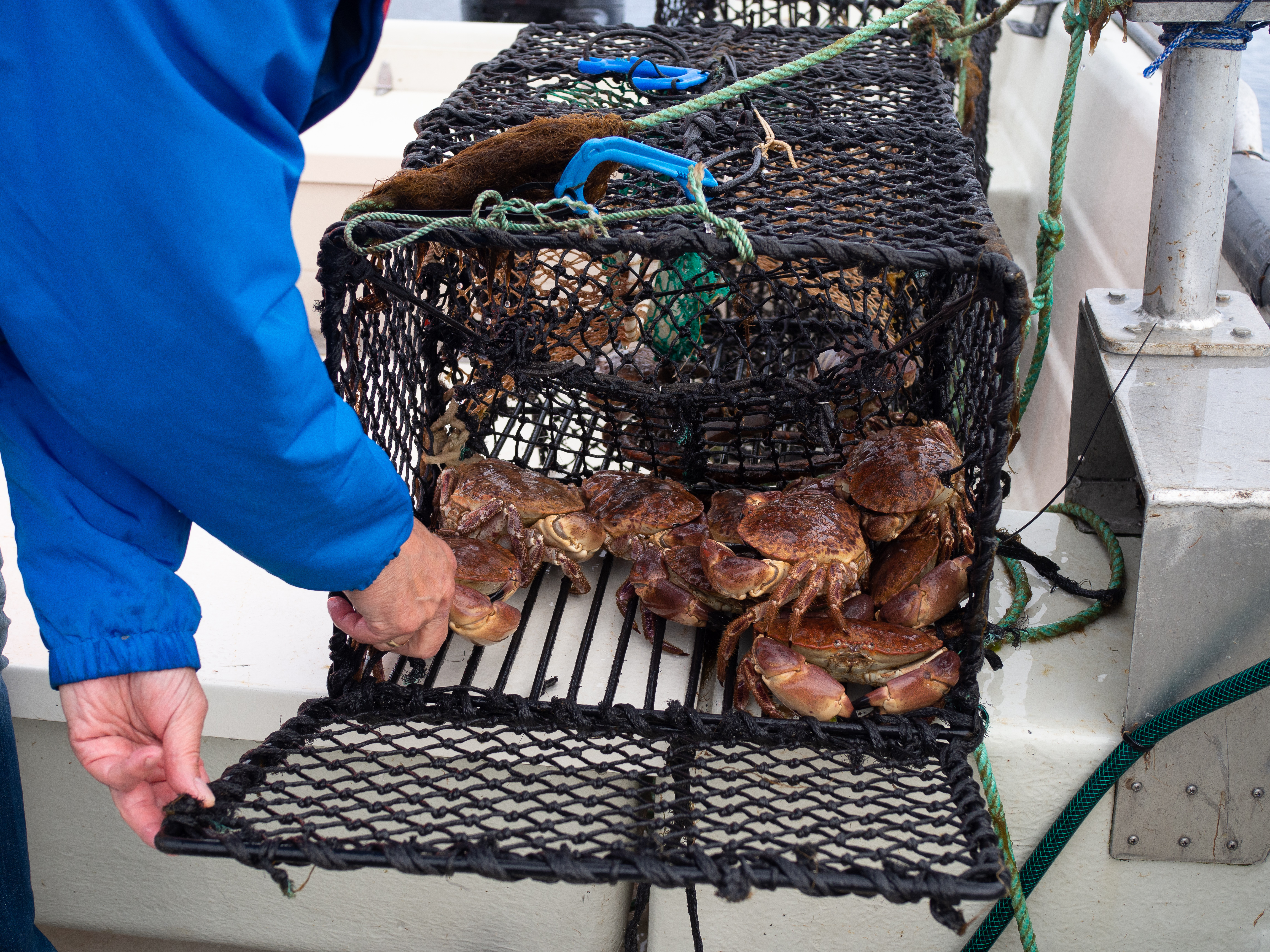
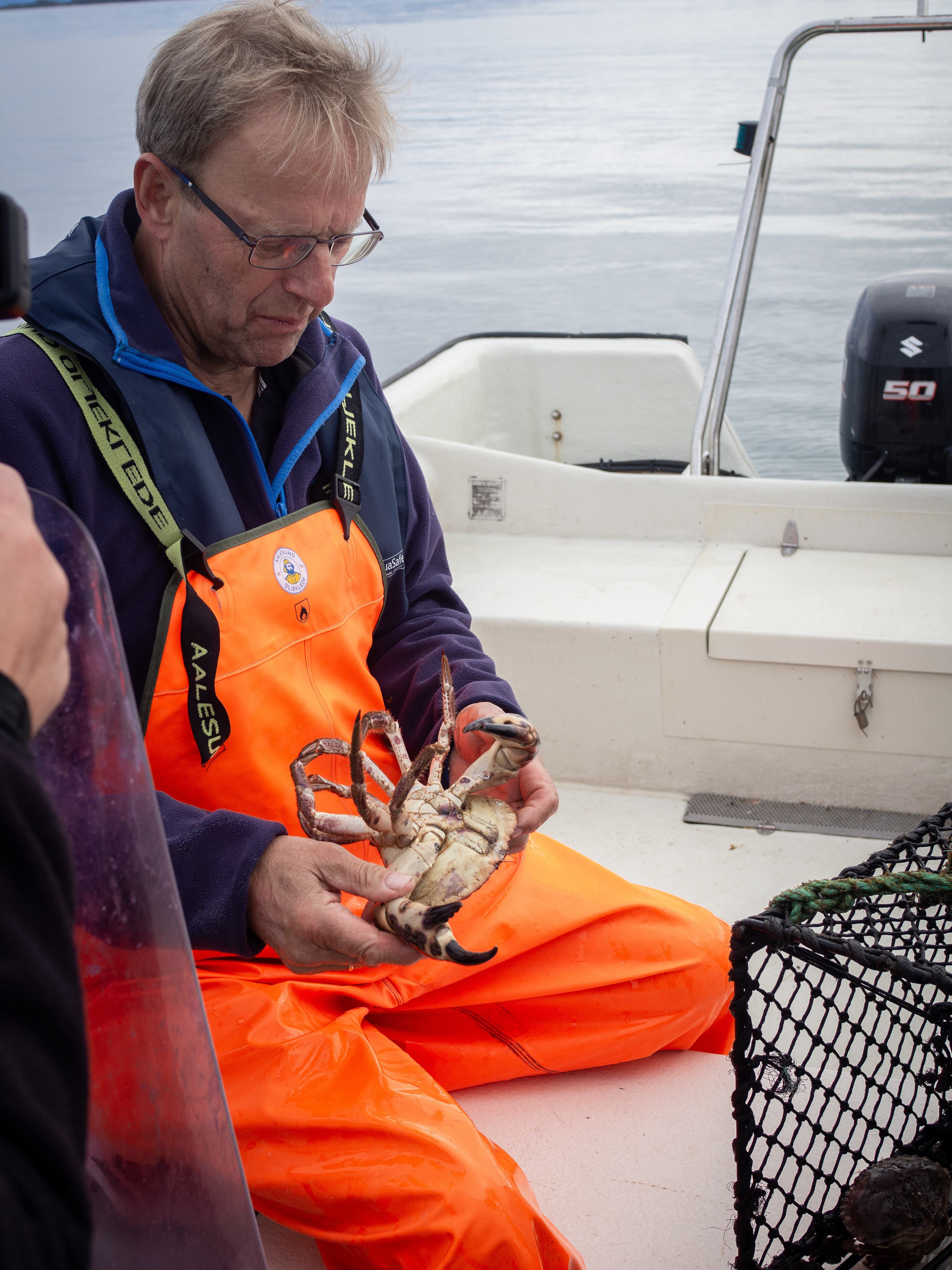
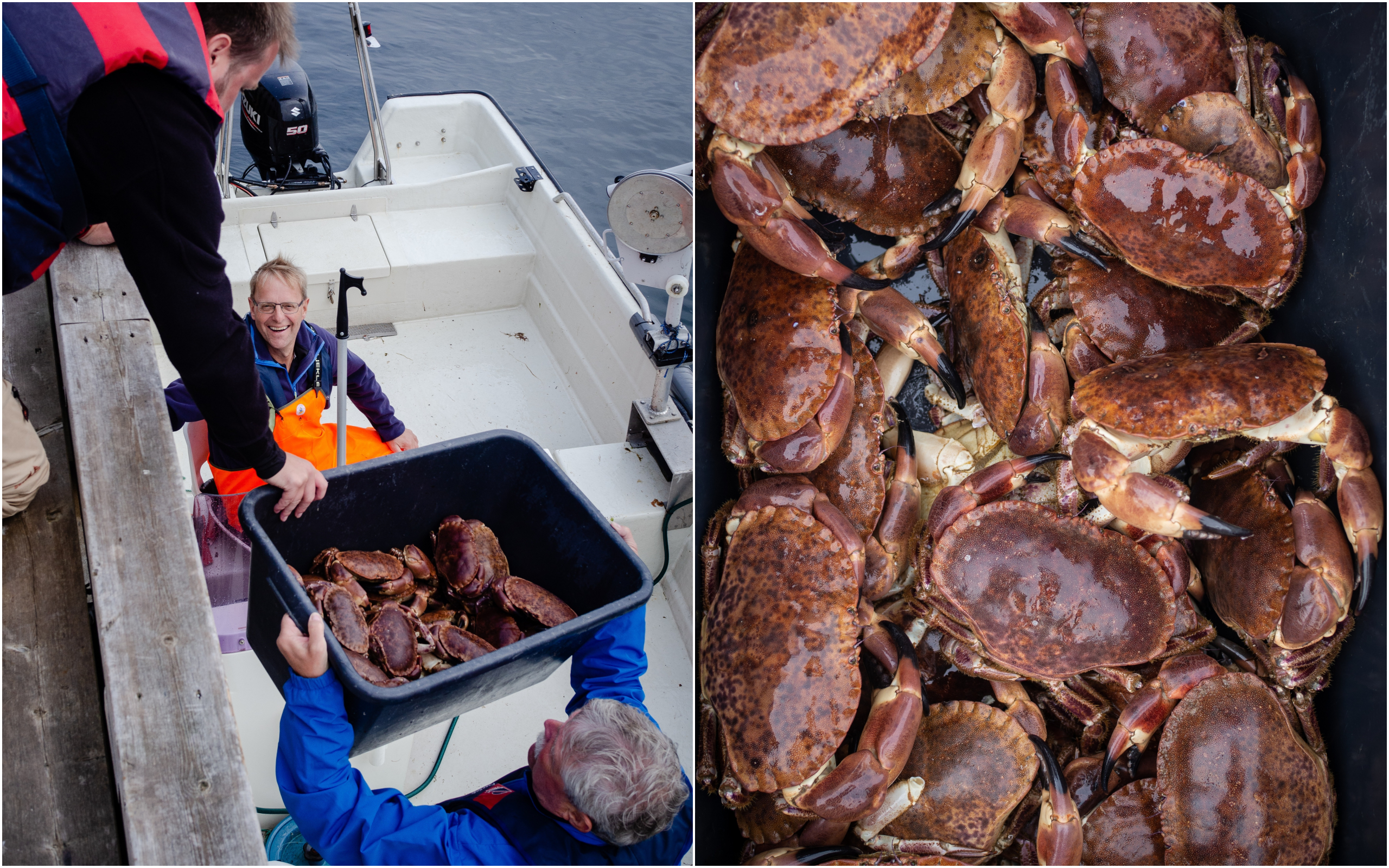
The crab traps, which had been thrown out earlier in tried and true locations, were easily spotted. Oddgeir pulled the boat close to the first one. My father-in-law took control of the rope. With each pull, the anticipation and excitement of how many crabs would be inside overtook any other thought. As the crab trap was hoisted on board, shapes of reddish brown came into view. The whole process took less than a whirling minute. The trap door was opened, crabs were taken out one at a time with such speed and experience. The young ones and those not deemed fit enough to eat were tossed back into the sea, the others tossed into a bucket. The traps were set back in the water and we drove toward the next one.
We gathered four more traps and filled the black tub with enough beady-eyed crabs for a feast. As we circled around a small rock island, the boat slowed so we could gaze at a group of skarver (cormorants). Their movements and beauty mystifying as the gentle breeze brushed against our cheeks and the smell of salt water lingered. As we headed back toward Ona, the water sparkled as the end of the day’s rays shone down. The seagulls continued their flight and everything looked so pristine and calm.
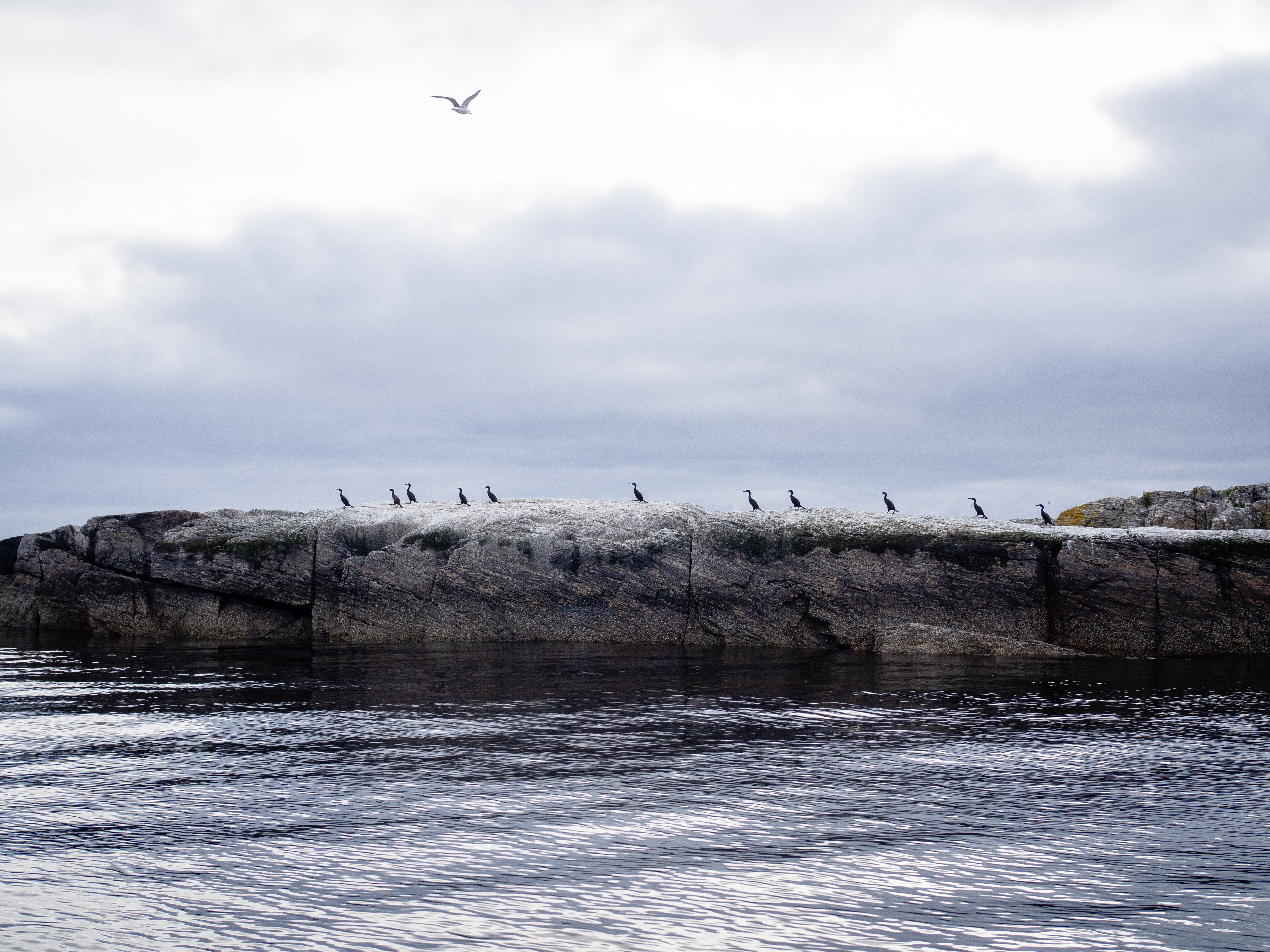
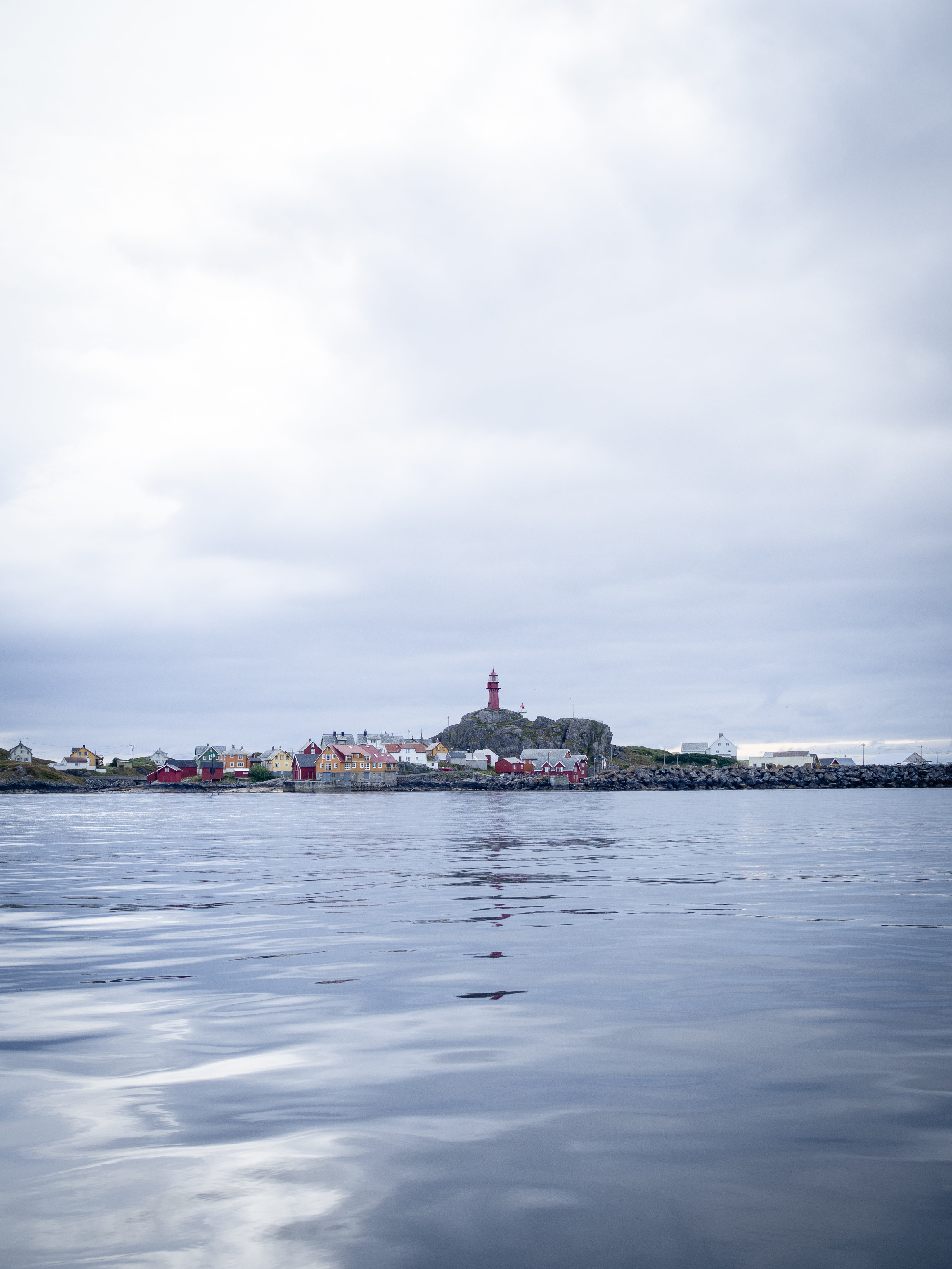
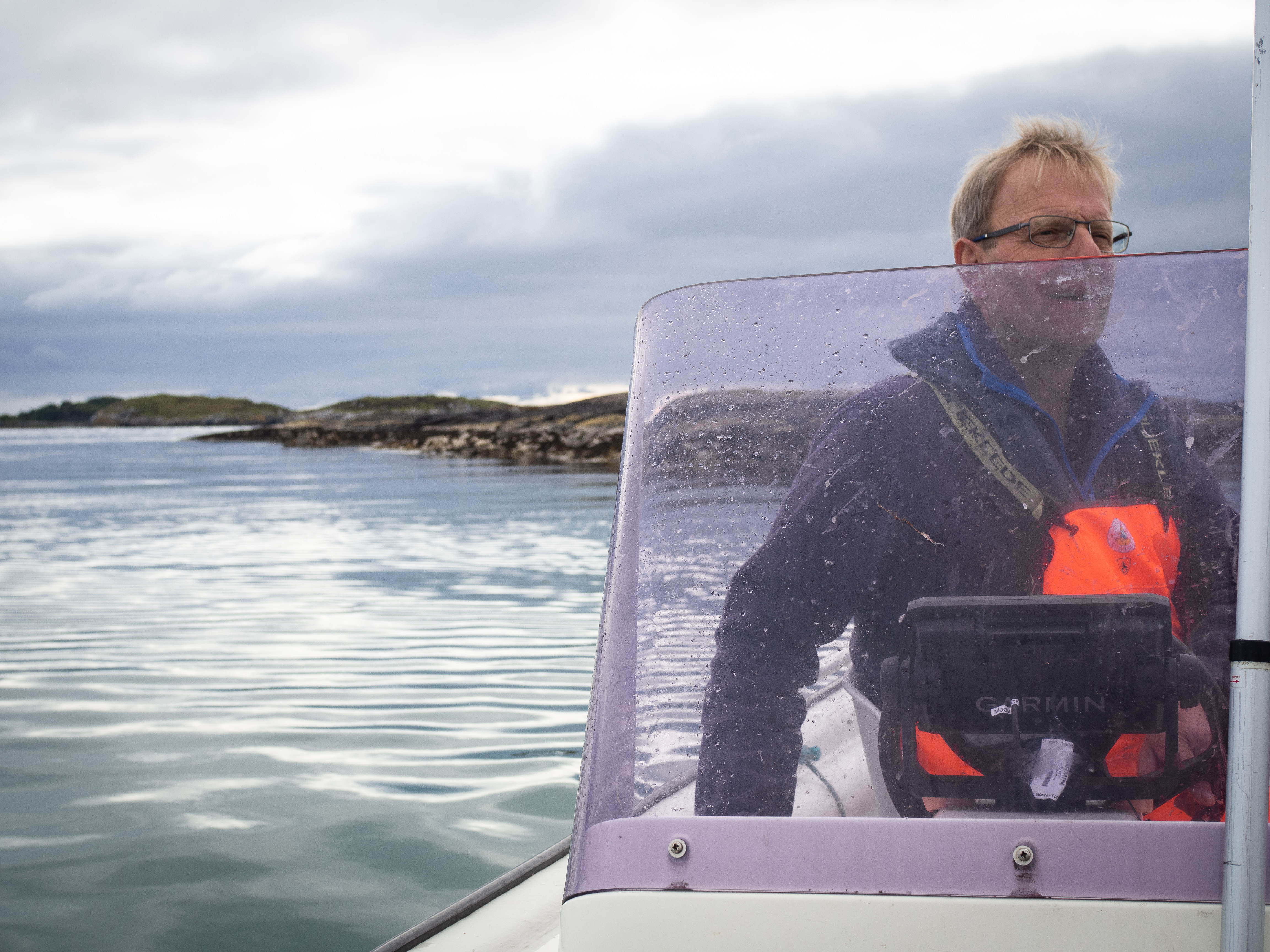
We docked and climbed a thick wooden ladder to Oddgeir’s boat house. The crabs were lifted ashore. Almost immediately, the gas burner stove was lit and a large pot with water and sea salt was brought to boiling. One by one, the crabs were tossed in the water and simmered until just perfect. After a 5-minute rest, the water was drained and the crabs were lined up on the rocks to cool.
We dug into the claws first. Fresh, sweet, and buttery. There’s nothing quite like eating something this local and so fresh that it doesn’t need anything else served with it.
As the feasting continued, the reality of the moment sank in. Here I was, sitting on a rock on an island I had been wishing to visit for 15 years, eating freshly boiled crab from the waters surrounding it, and looking up at the lighthouse that has guided so many before me.
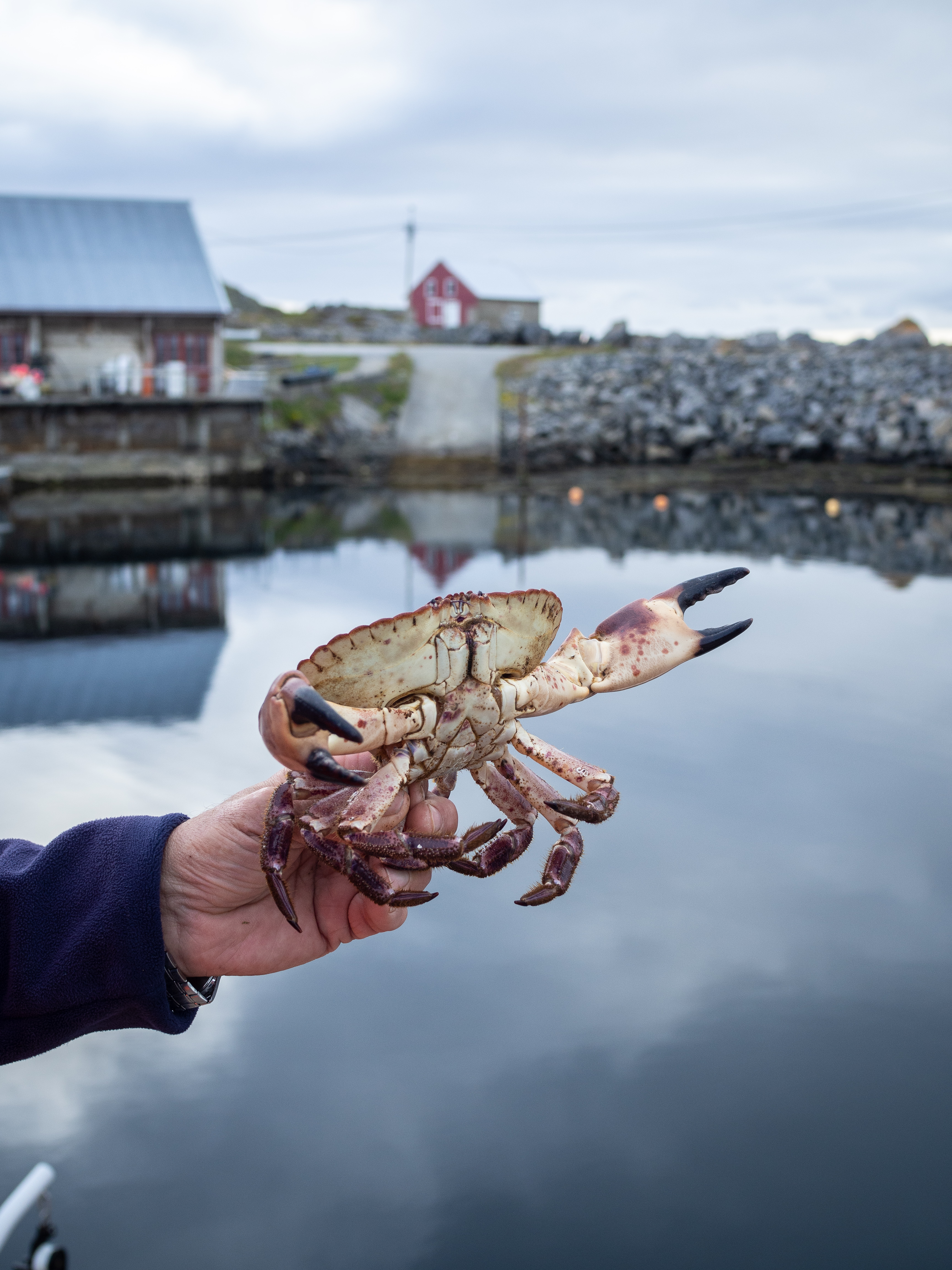
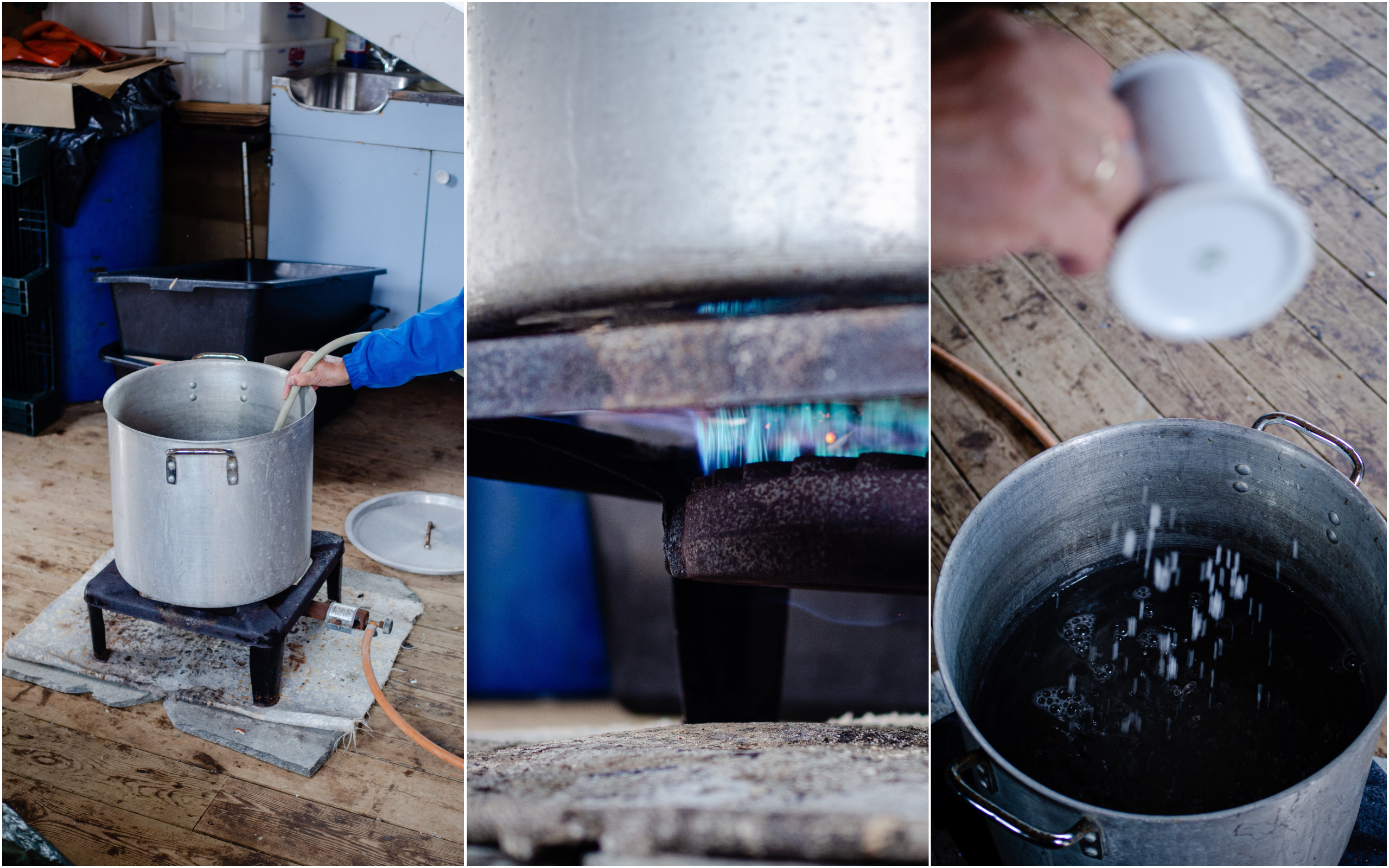
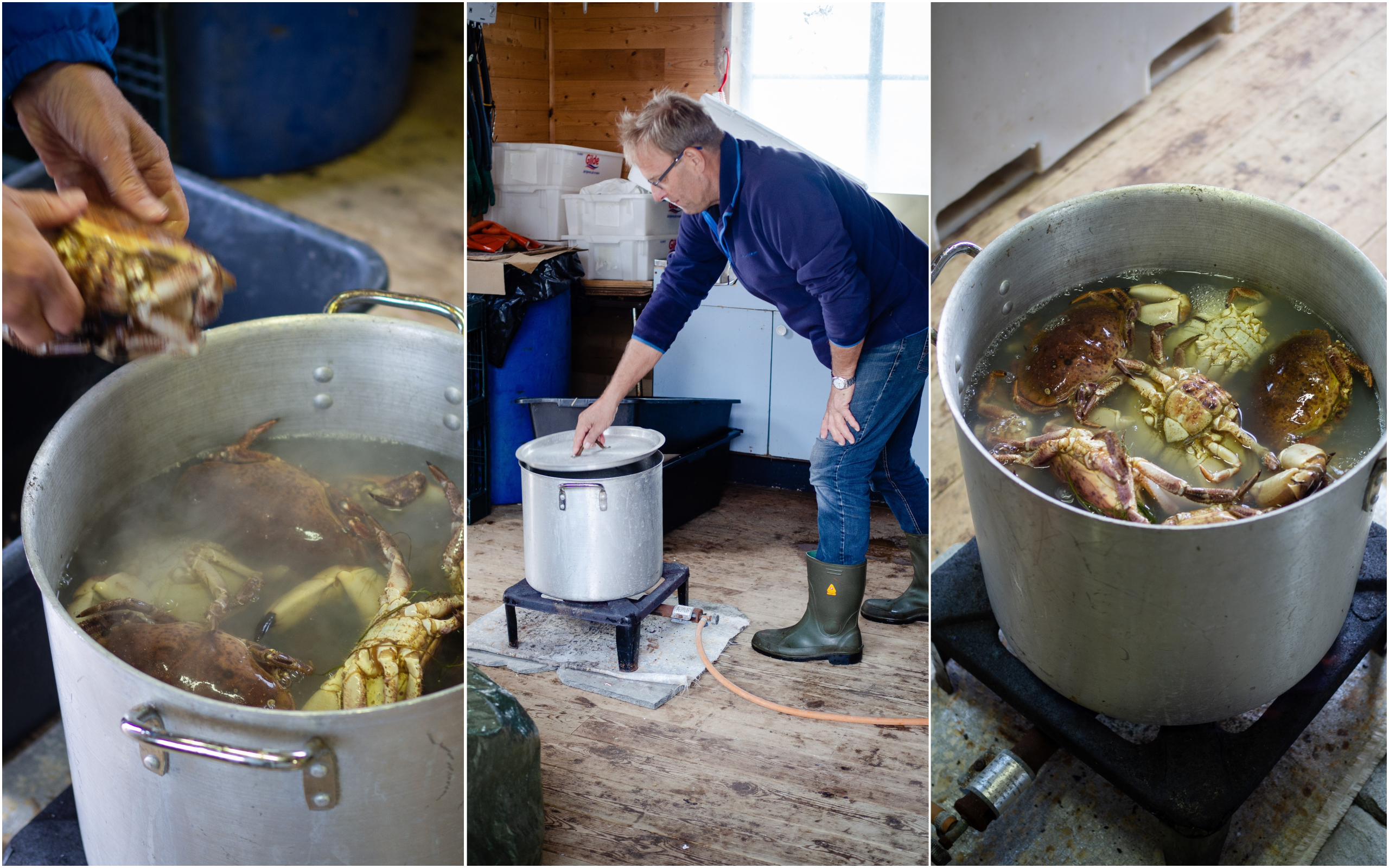
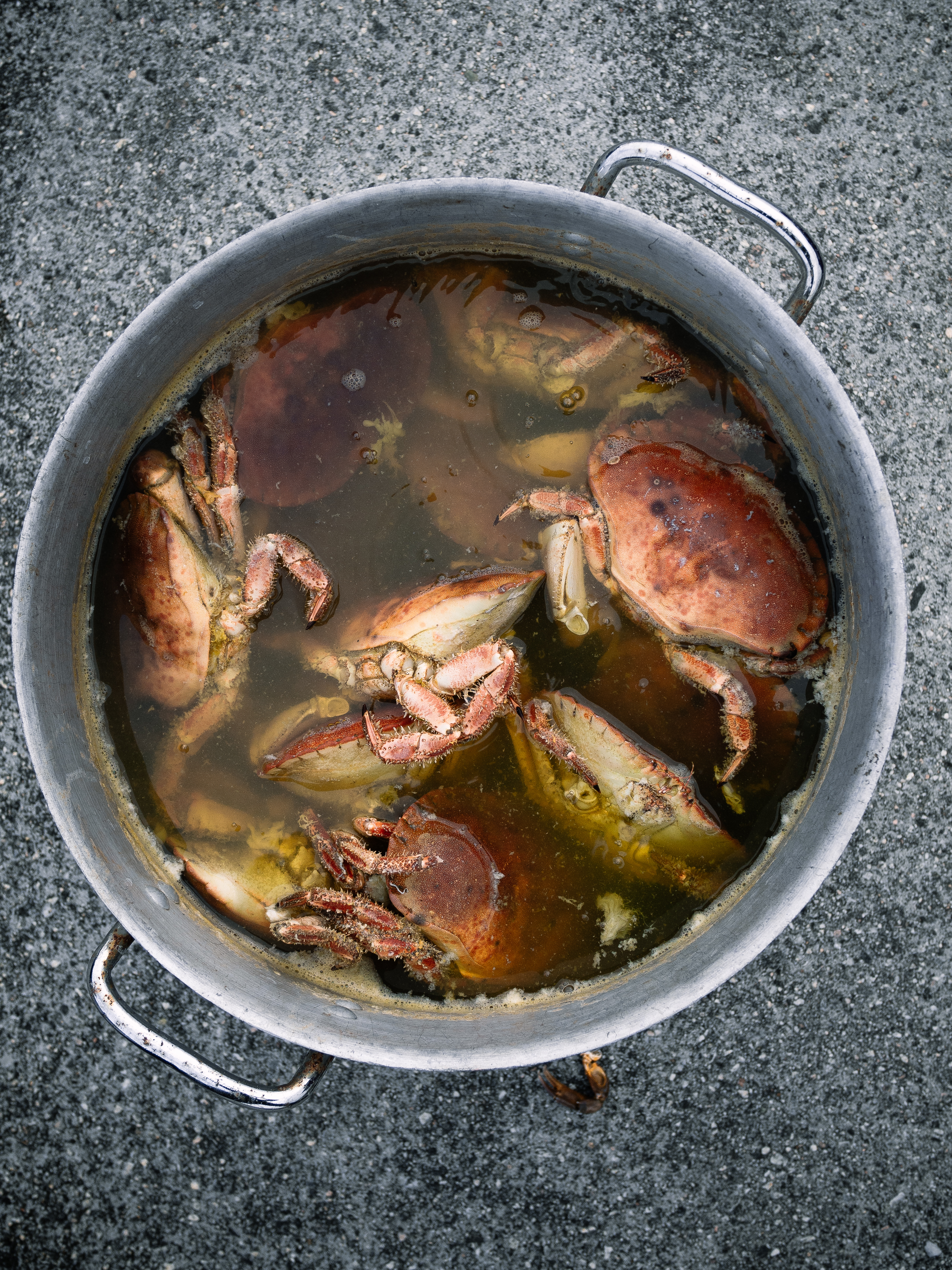
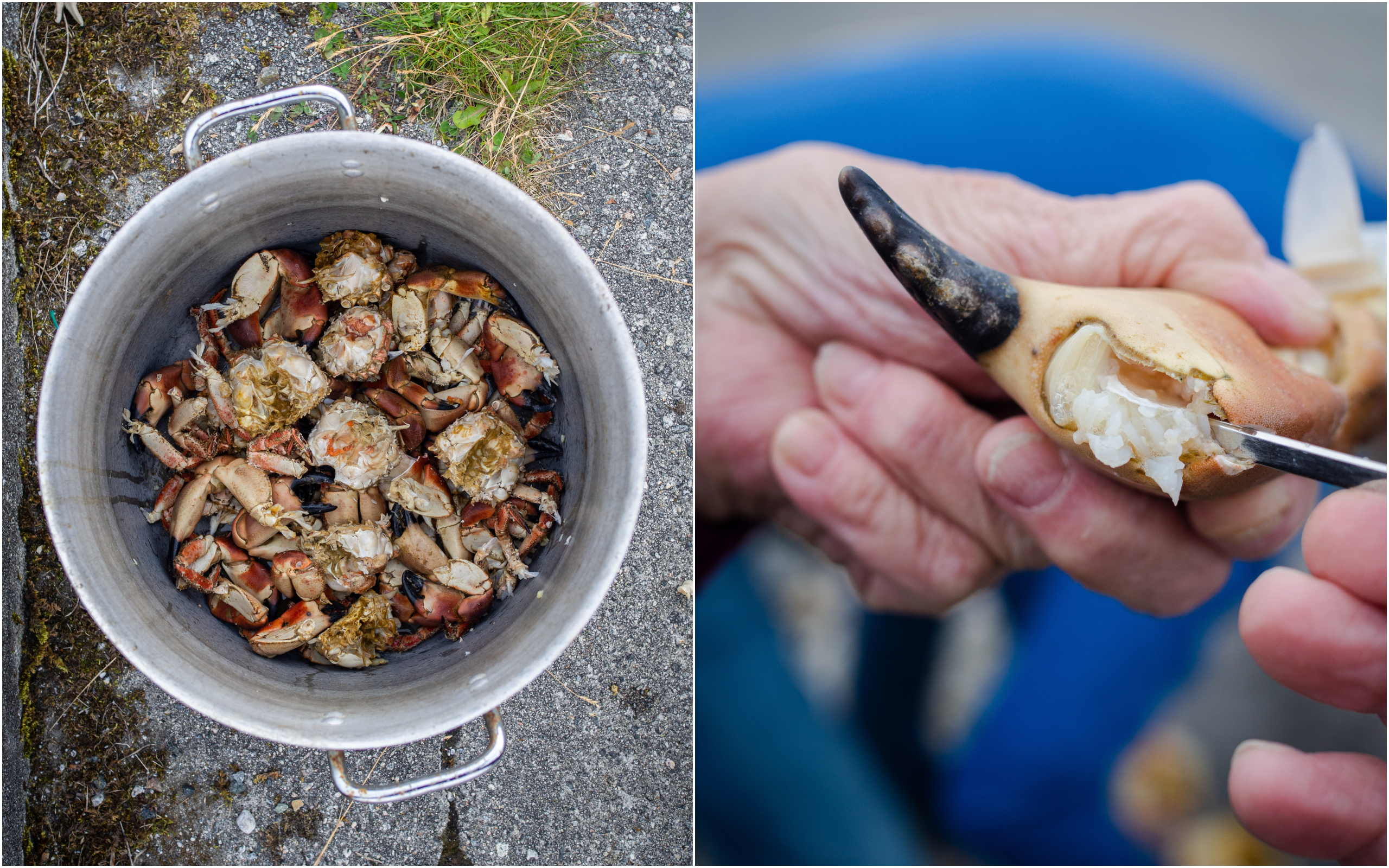
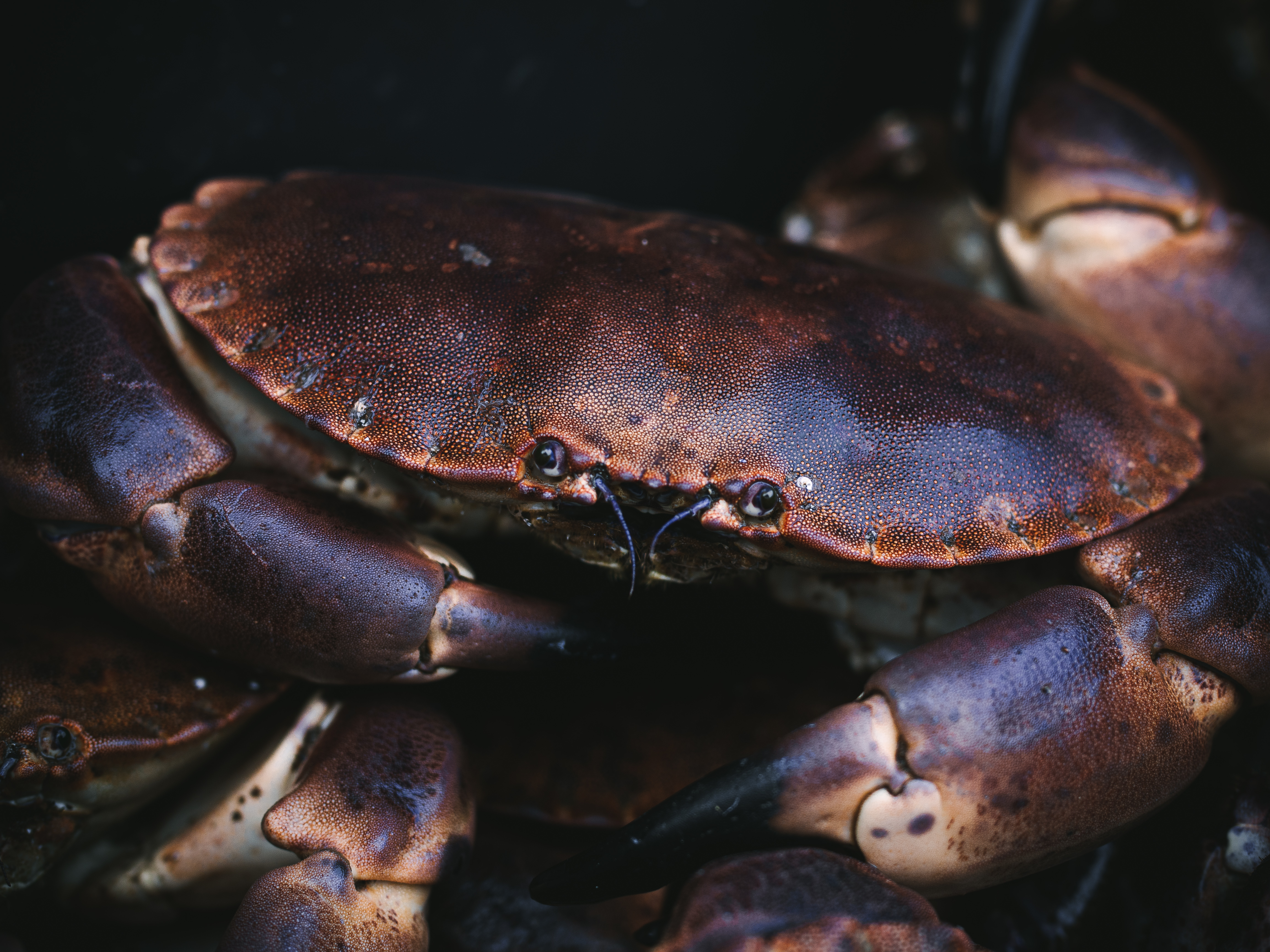

I only spent two days in Ona, but I can now understand how this place can get into your very being. How the sea has a way of holding on to you, drawing you back. As I sit at home now, I can still taste the sea salt in the air and feel the cool waters brush against my fingertips as I reached in to collect seashells. I can feel the warmth of the sun on my forehead and the crisp breeze of the wind against my cheek. I can hear the seagulls as they danced above. I can taste the herbal tea I drank in the garden below the lighthouse. I can feel the cracked paint of the wooden doorframe on my hands as I leaned in for a closer look. I can see all the friendly smiles and the curious looks.
And that crab. I can still taste the sweet and buttery flesh as I gazed out into the vast sea.
Oh, and the sea, whose embrace is more than a welcome antidote for the soul. Its wild nature freeing and magical, unpredictable, and yet giving.
What I learned from my time there is that Ona is a reflection of the sea. All you have to do is explore its rocky shores and meander through its winding paths to discover the enchantment it beholds. So, if you happen to find yourself nearby, be sure to catch the ferry and let the sea take you to this little gem settled above the horizon.
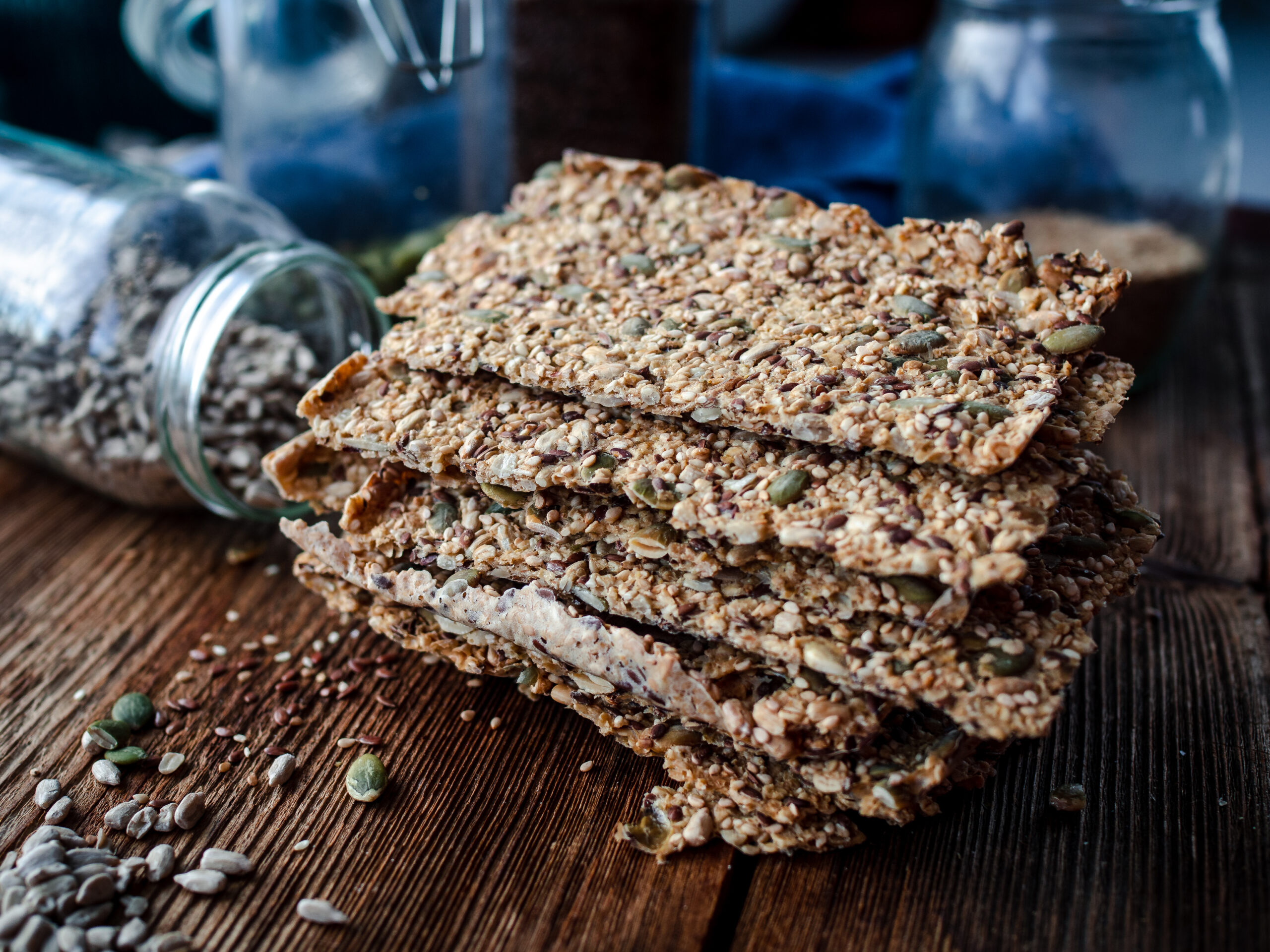
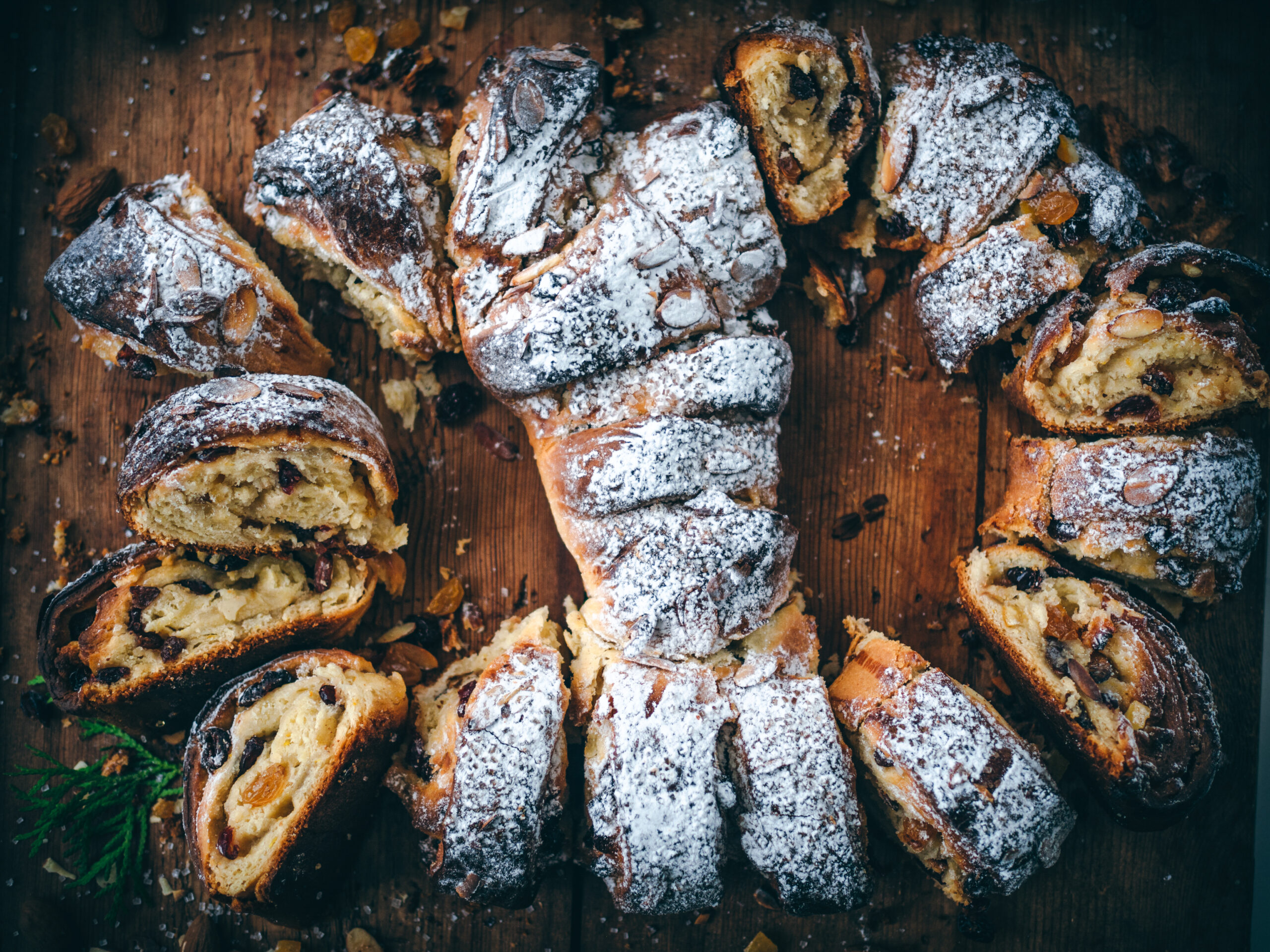
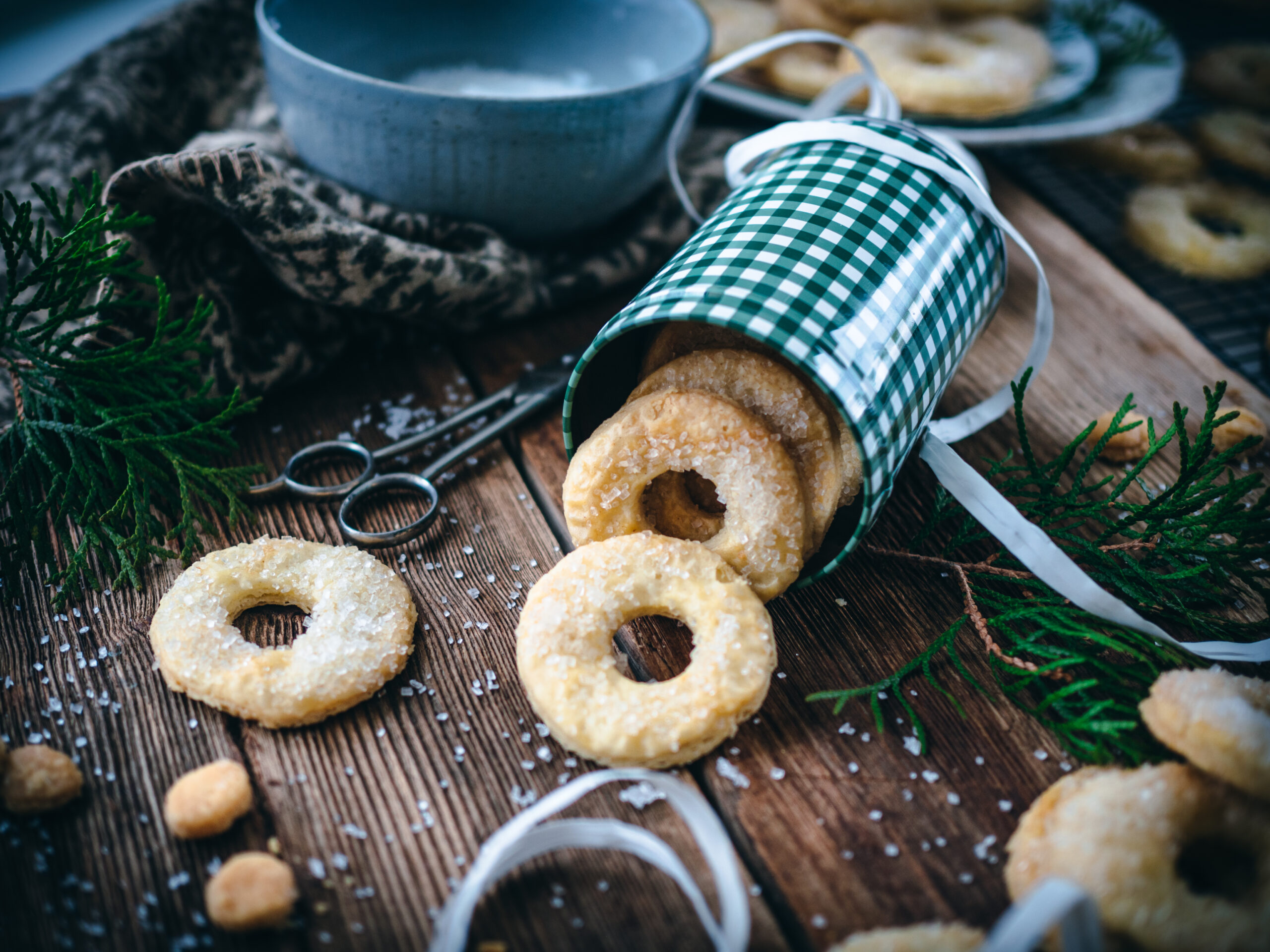
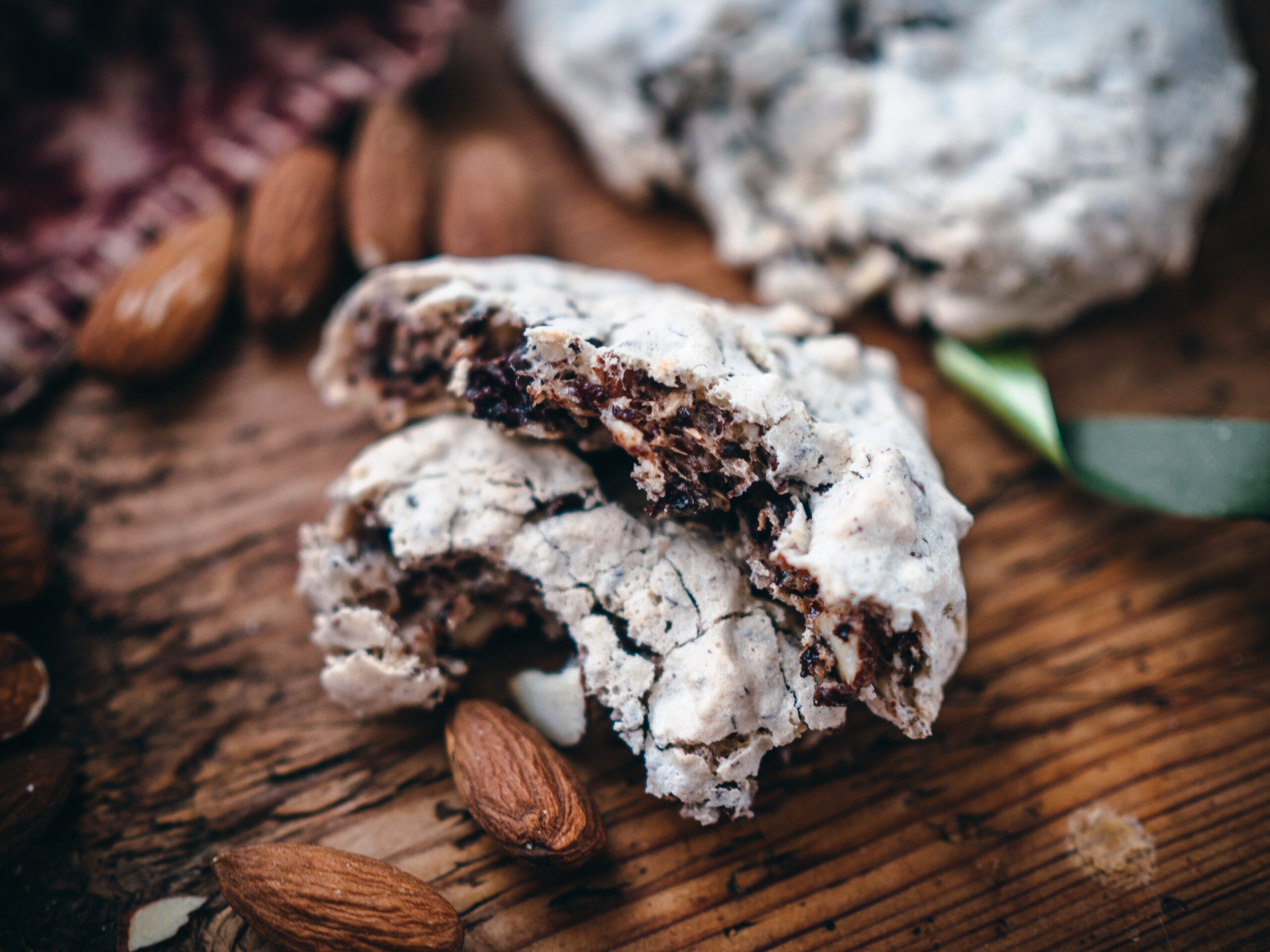

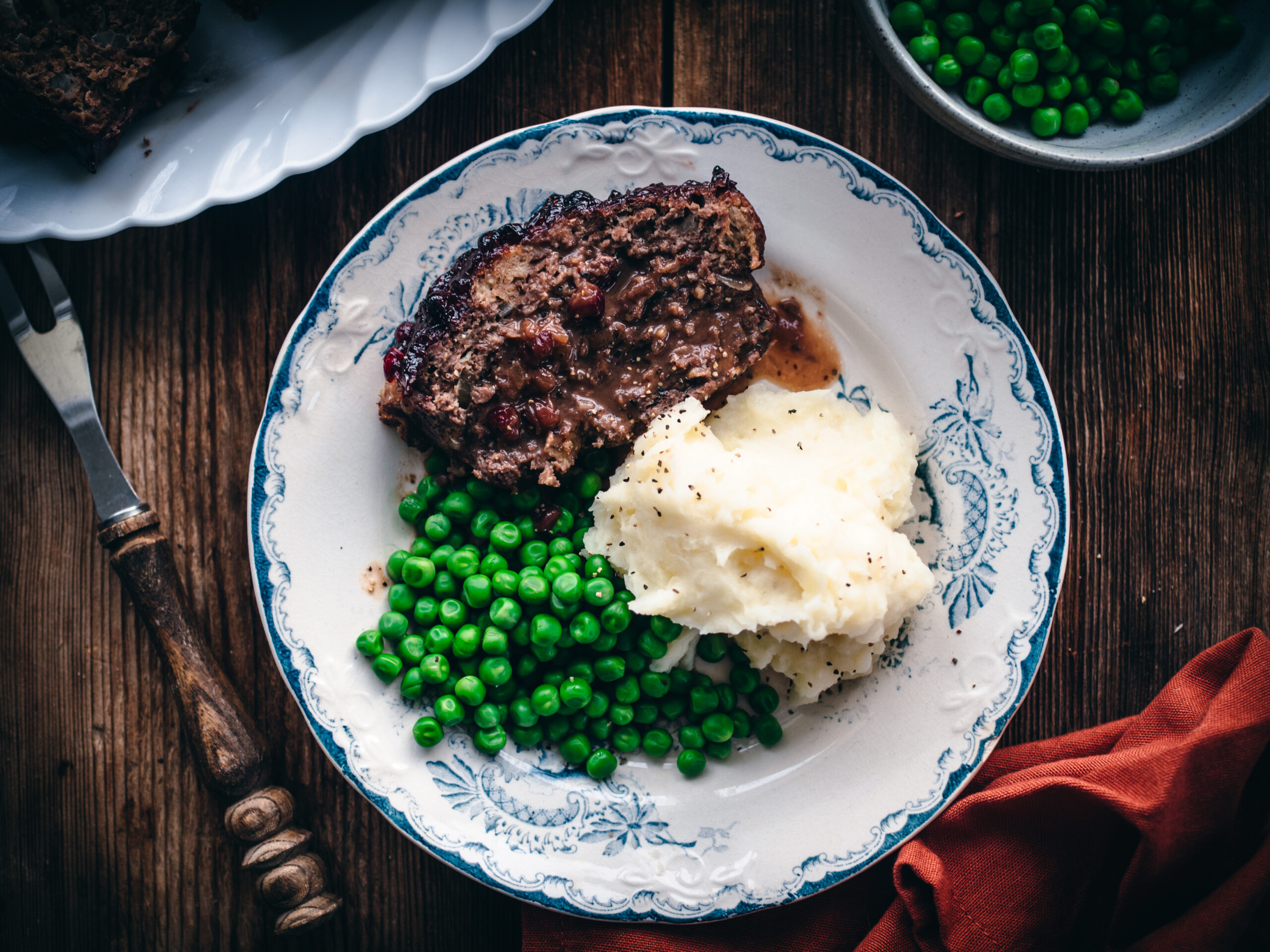
What a beautiful place and evocative story telling.
It is this simplicity of life that is lost among most places in the world as well as most of the USA. It is also what draws me endlessly back to Sweden and the villages my ancestors once called home. It truly is our culture of “food” that defines us, “we are what we eat”.
A very old saying, but so very true! Sadly, most people will never experience nor appreciate the heart of a culture that most countries bring to the proverbial table.
Thanks for your intimate story of your grand experience on Ona. It was like I was there too!
Lovely, both the writing and the photos! Norway just moved up a few more notches on the list. I really enjoy how you are exploring truly local food and customs. My daughter and I were talking yesterday about how much our way of eating has changed since moving to Northern Europe from California. The things so readily available there, fresh fruit and veg, 365/24/7, ever more obtainable here, just don‘t even taste as good – and the environmental costs are crazy. I refuse to buy asparagus from Chile in August, when I can have it in abundance for a few short weeks every spring, harvested 2 km down the road. And the berries and stone fruits and tomatoes…amazing! For the short but sweet summer season, that’s all we eat. We also use a lot more dairy these days, from small, local farms – I can even get fresh milk in re-useable glass bottles at an automat!! And while we’ve become accustomed to a lot of the local meals (we even have a regional dish similar to Haggis, called Knipp – I never thought I’d say that it’s delicious, but it is!), neither of of has worked up the guts to try Matjes (pickled herring), let alone Hackepeter (raw ground pork on a bun) so I really admire how it appears you will eat just about anything! Thank you for your wonderful posts…
Thanks Becky! I completely understand where you are coming from and I’m with you on looking forward to eating local and what’s in season. Everything tastes so much better and I think we value those ingredients more when we have to wait for them. I also think our tastebuds adapt and we learn to appreciate those foods we didn’t give a second look before 😉
Gorgeous pictures; how wonderful to have a connection to such a beautiful place. And thank you for the lovely story.
sp/Minnesota/USA
Thank you! I was so happy to finally see Ona in person and relate to all the wonderful tales I had heard about it 🙂
How beautiful! I can see how one would be called back home to Ona! I would love to visit sometime to paint and experience this beautiful place!
You should! The island is full of very creative artists and artisans and I think you would fit in perfectly 🙂
Thanks for sharing and I love the pictures too.